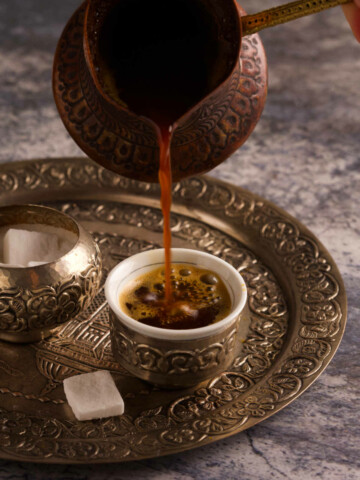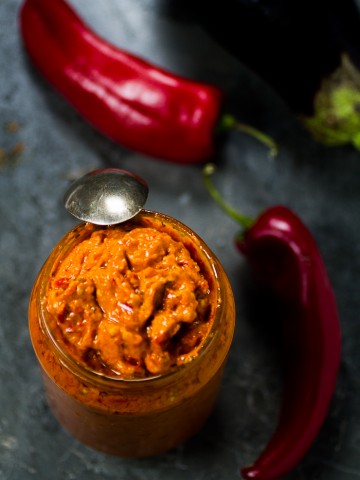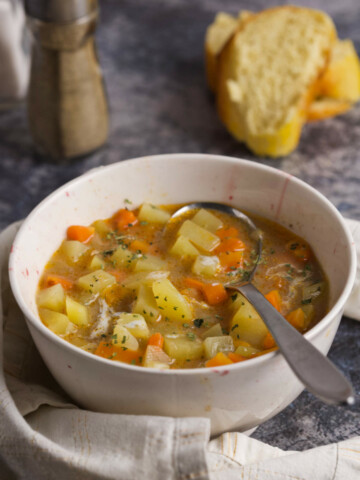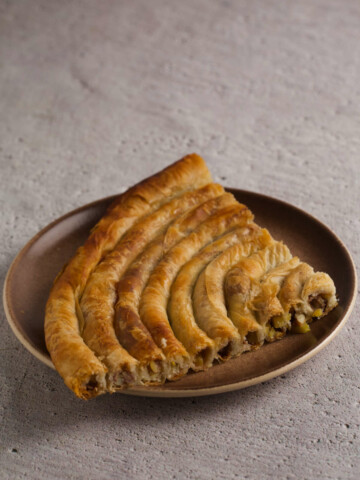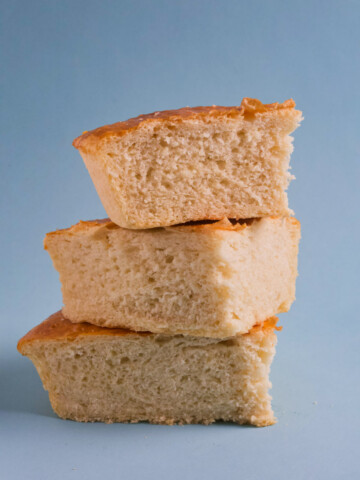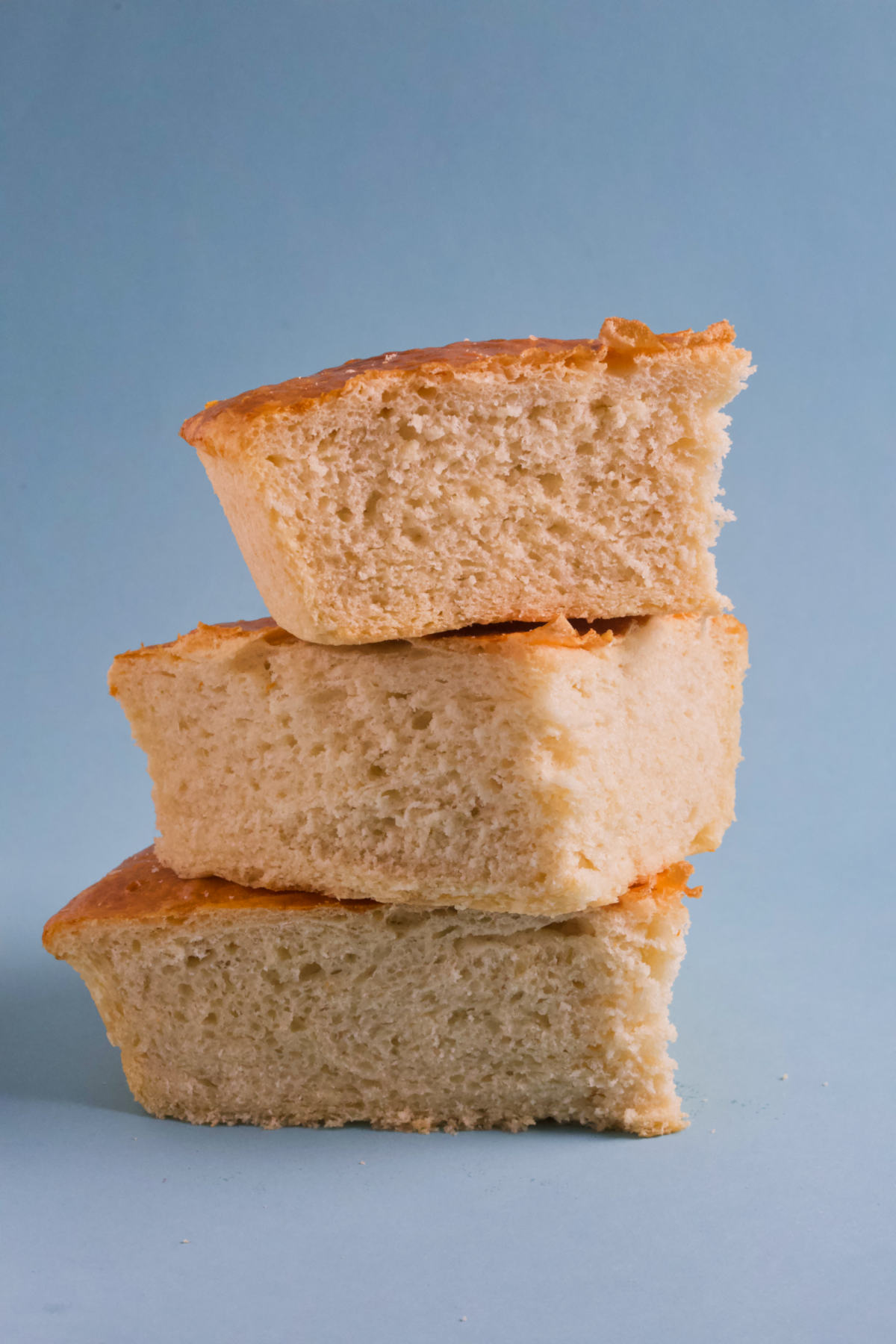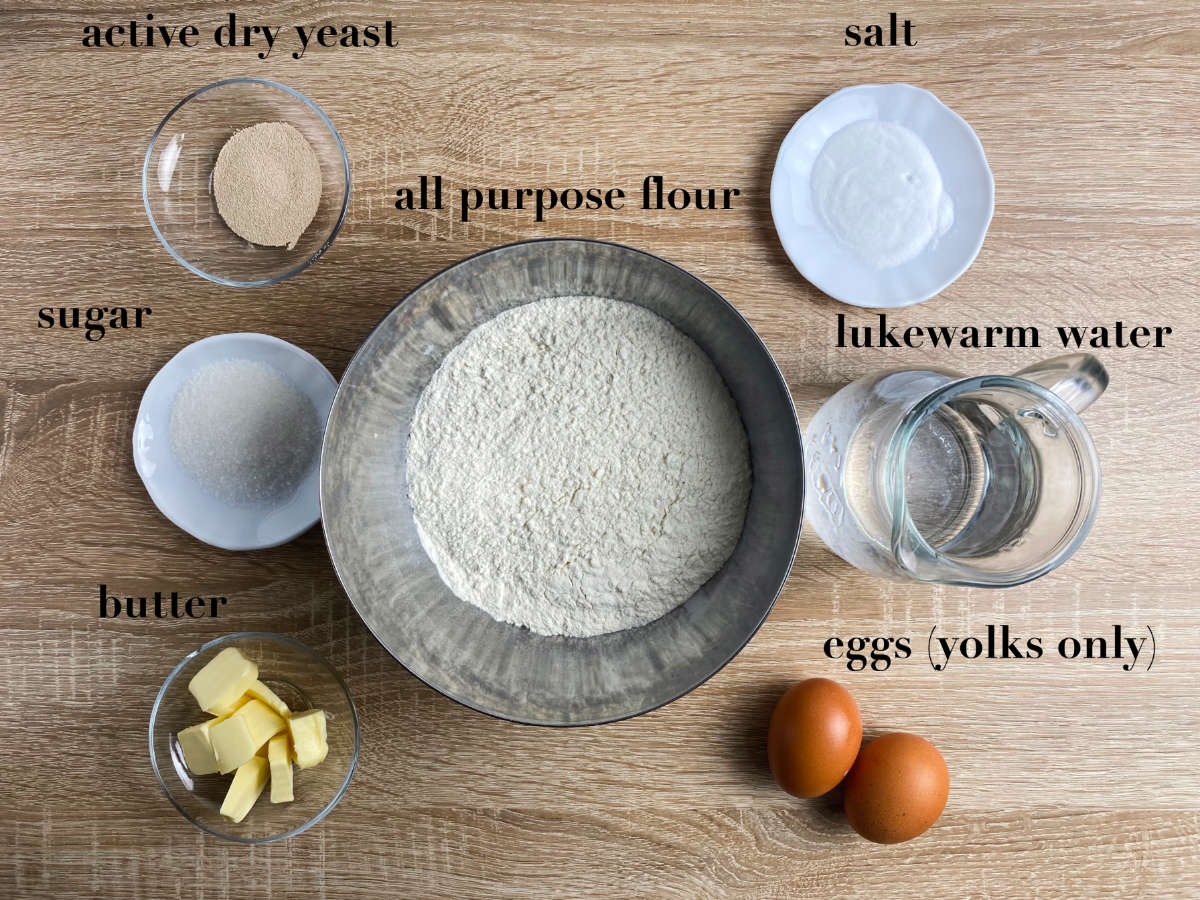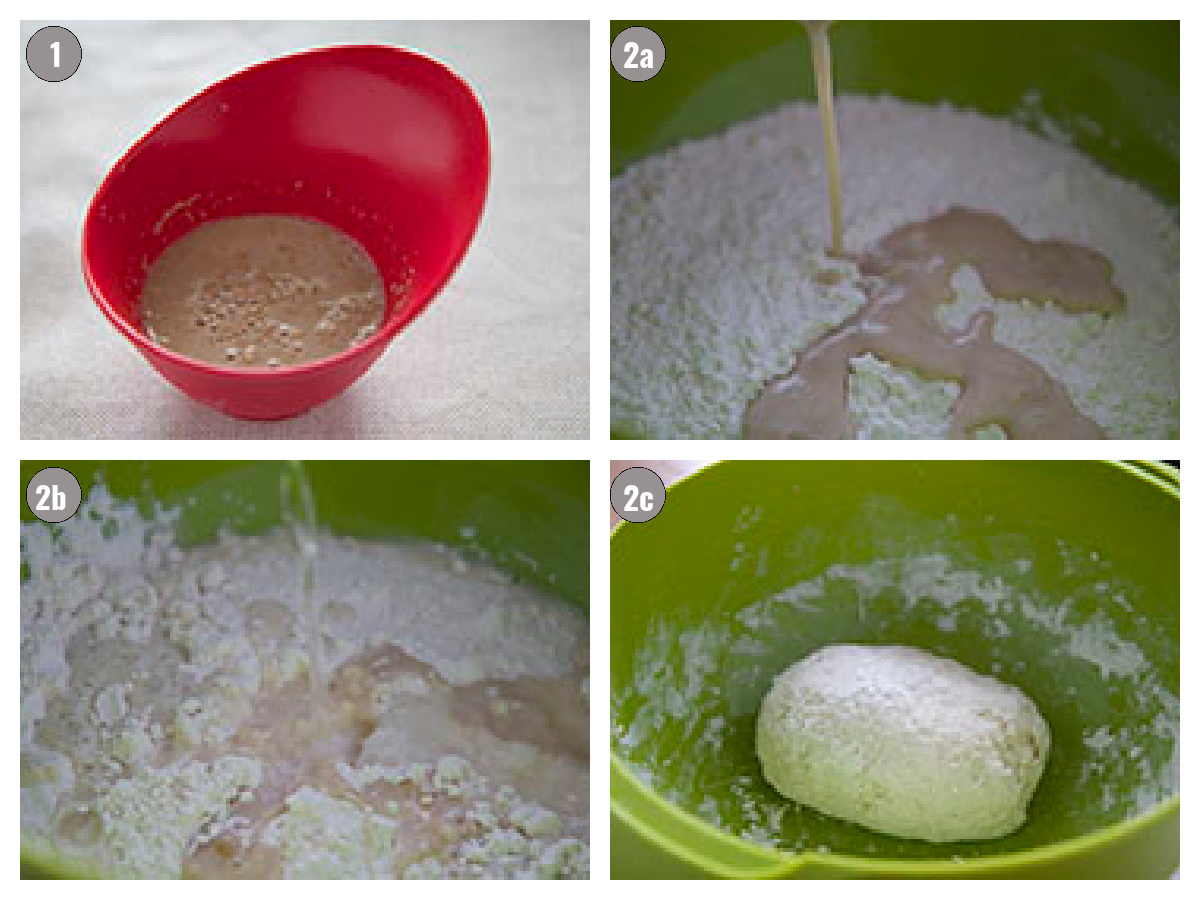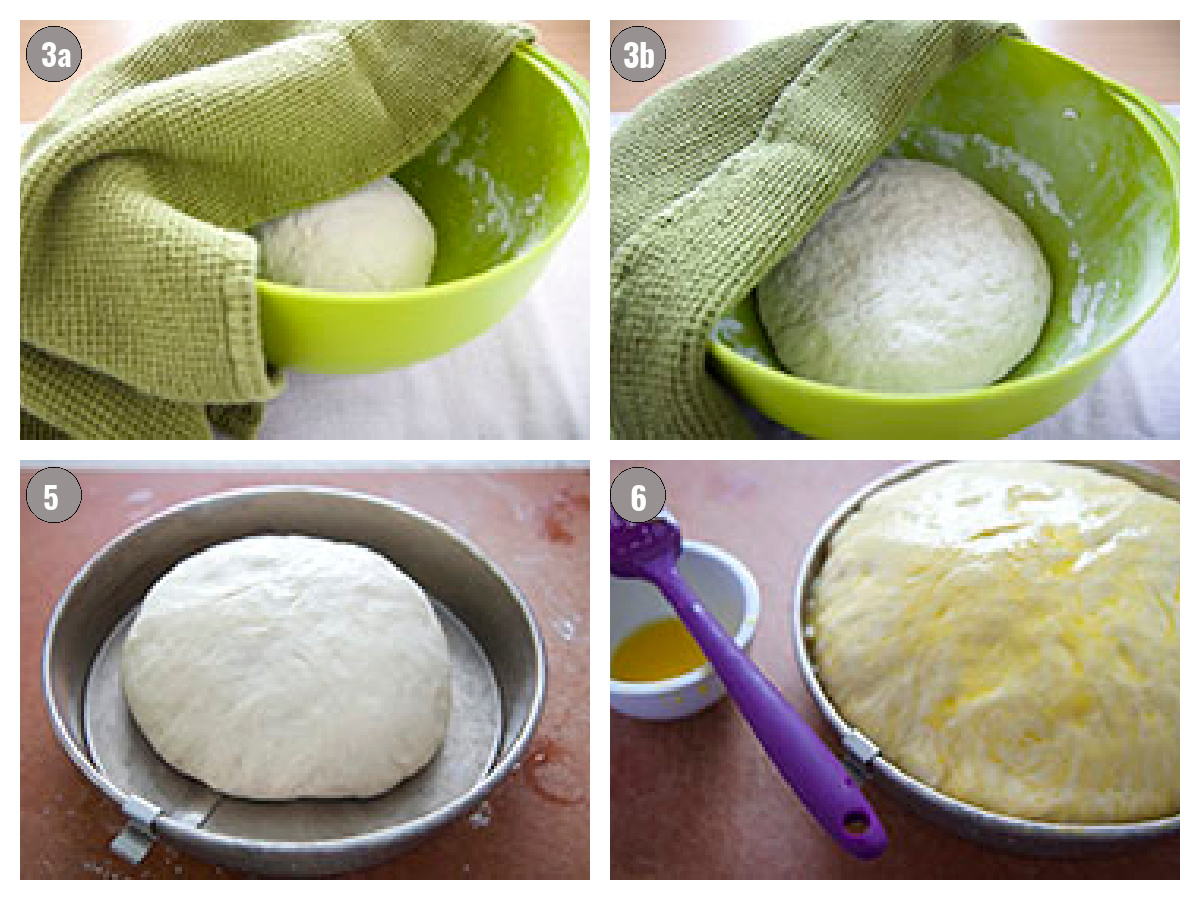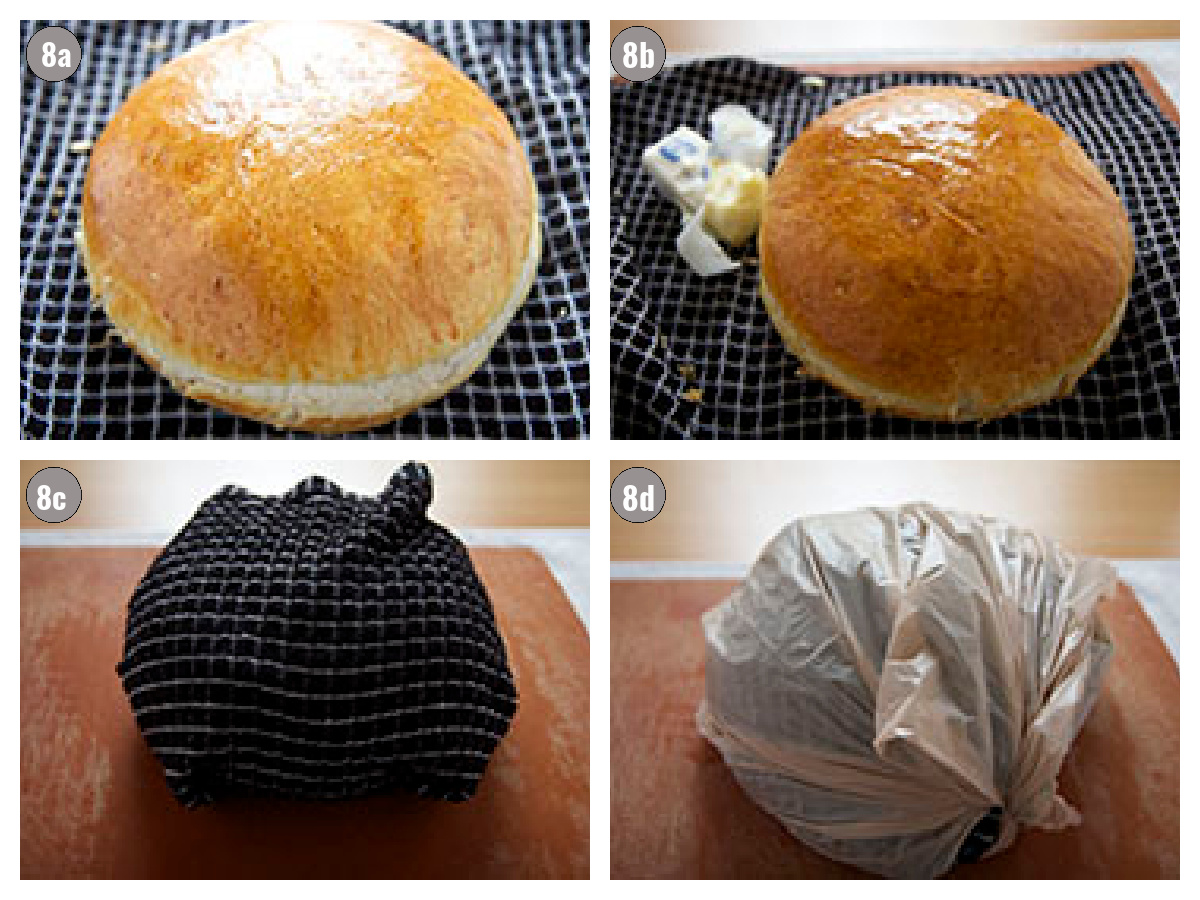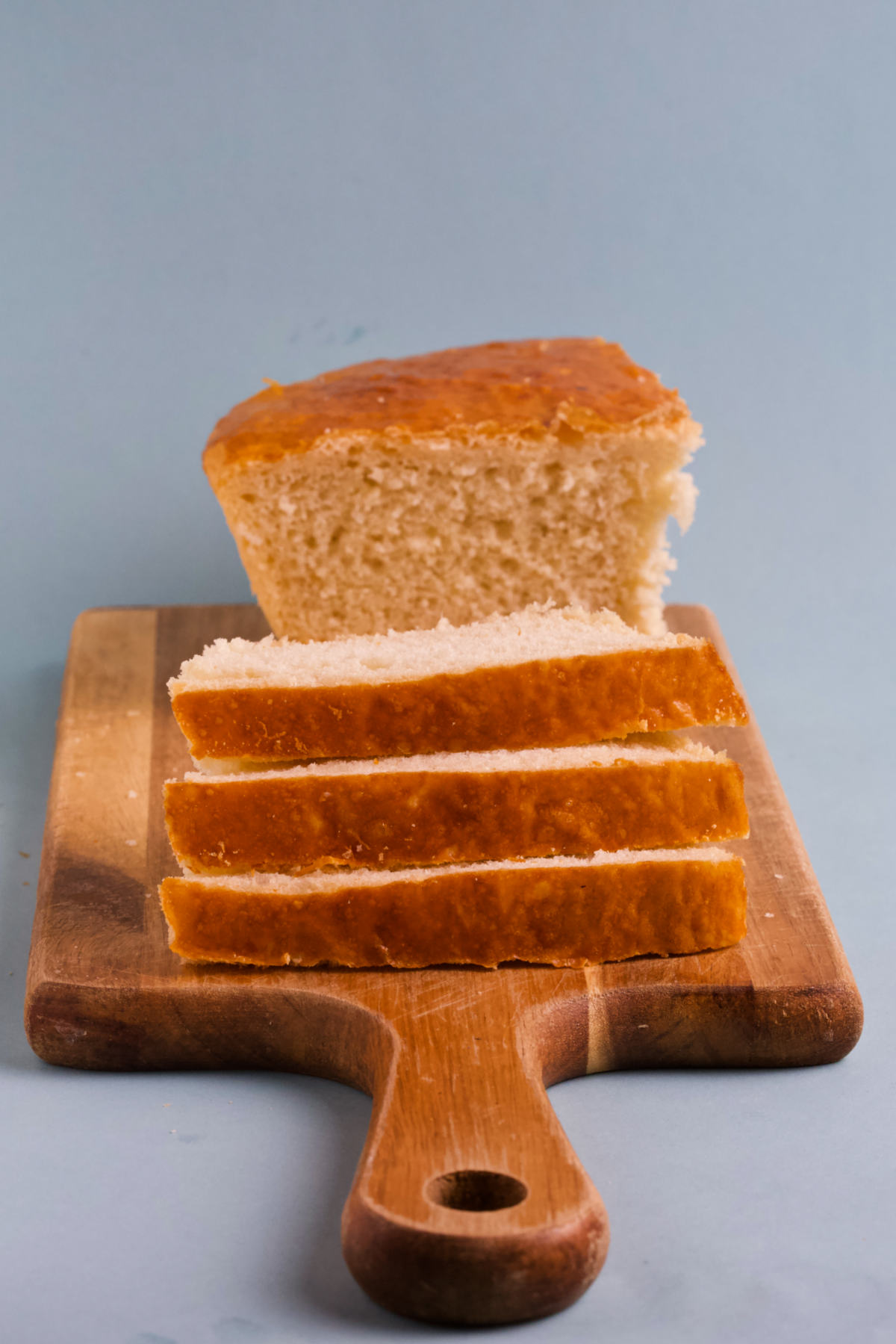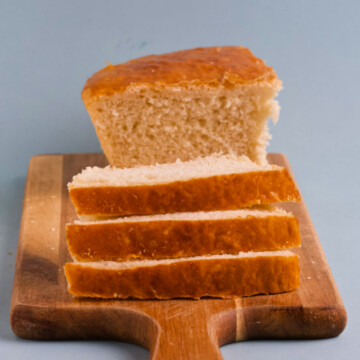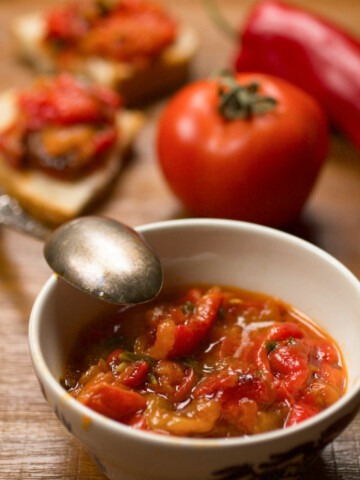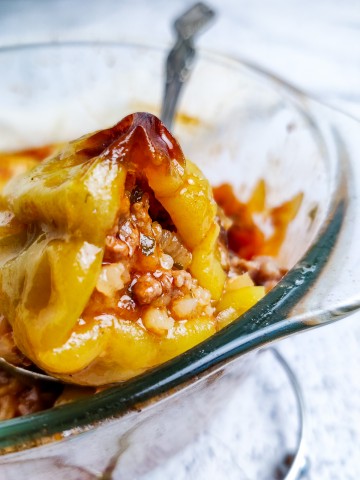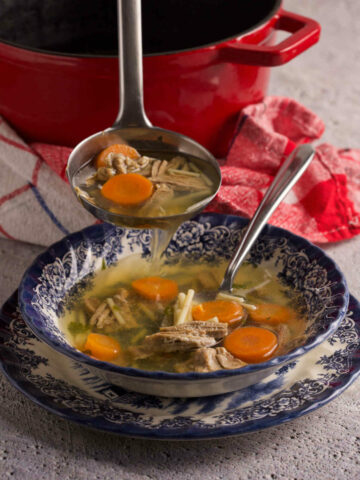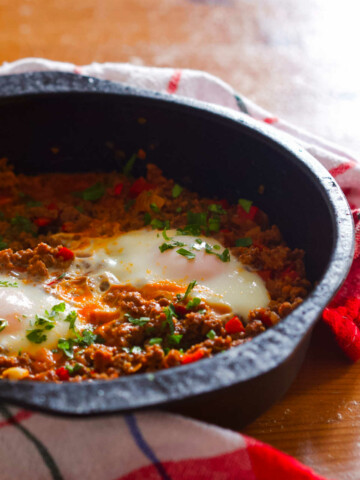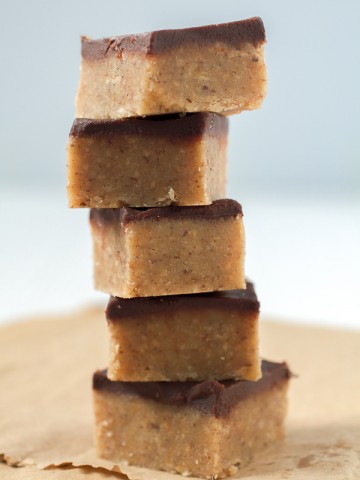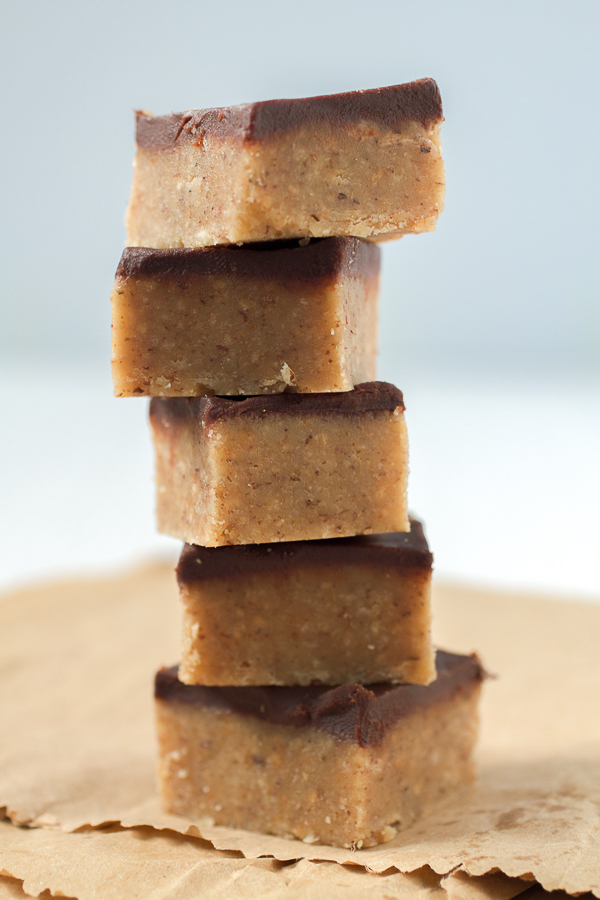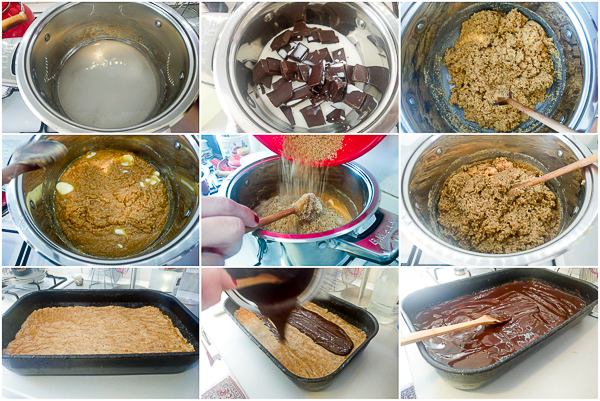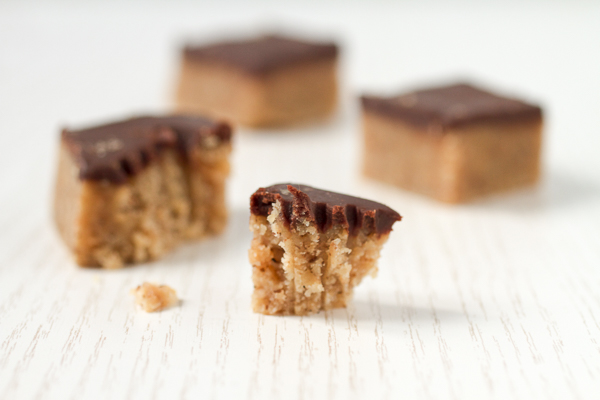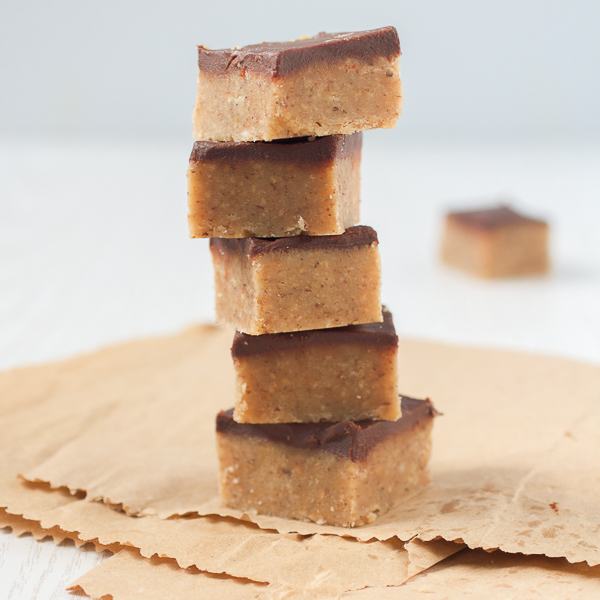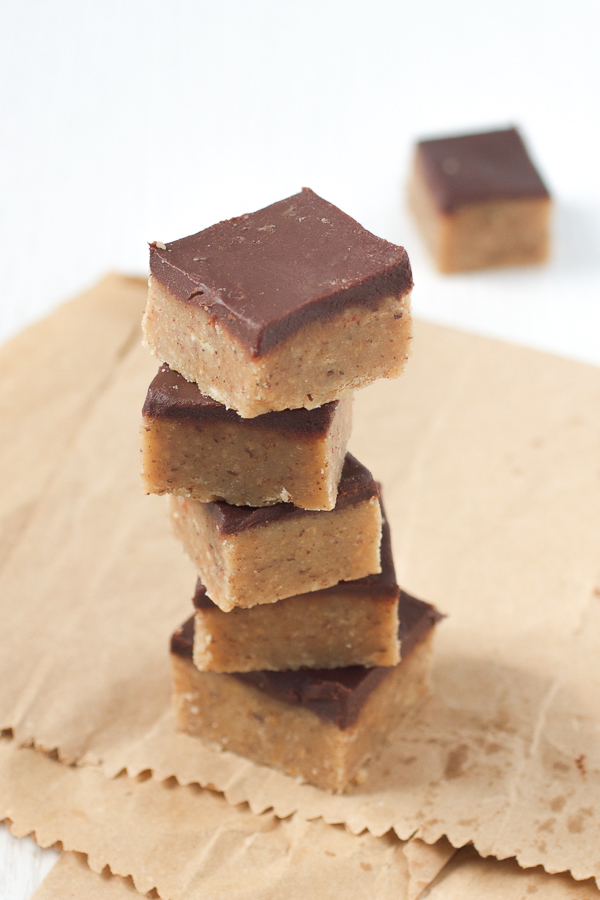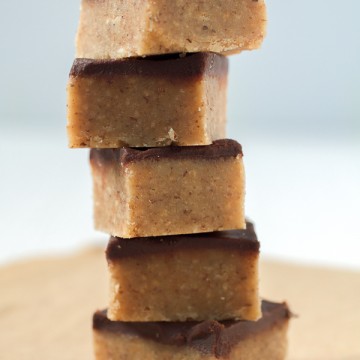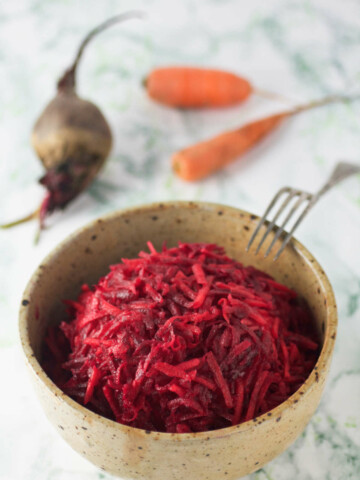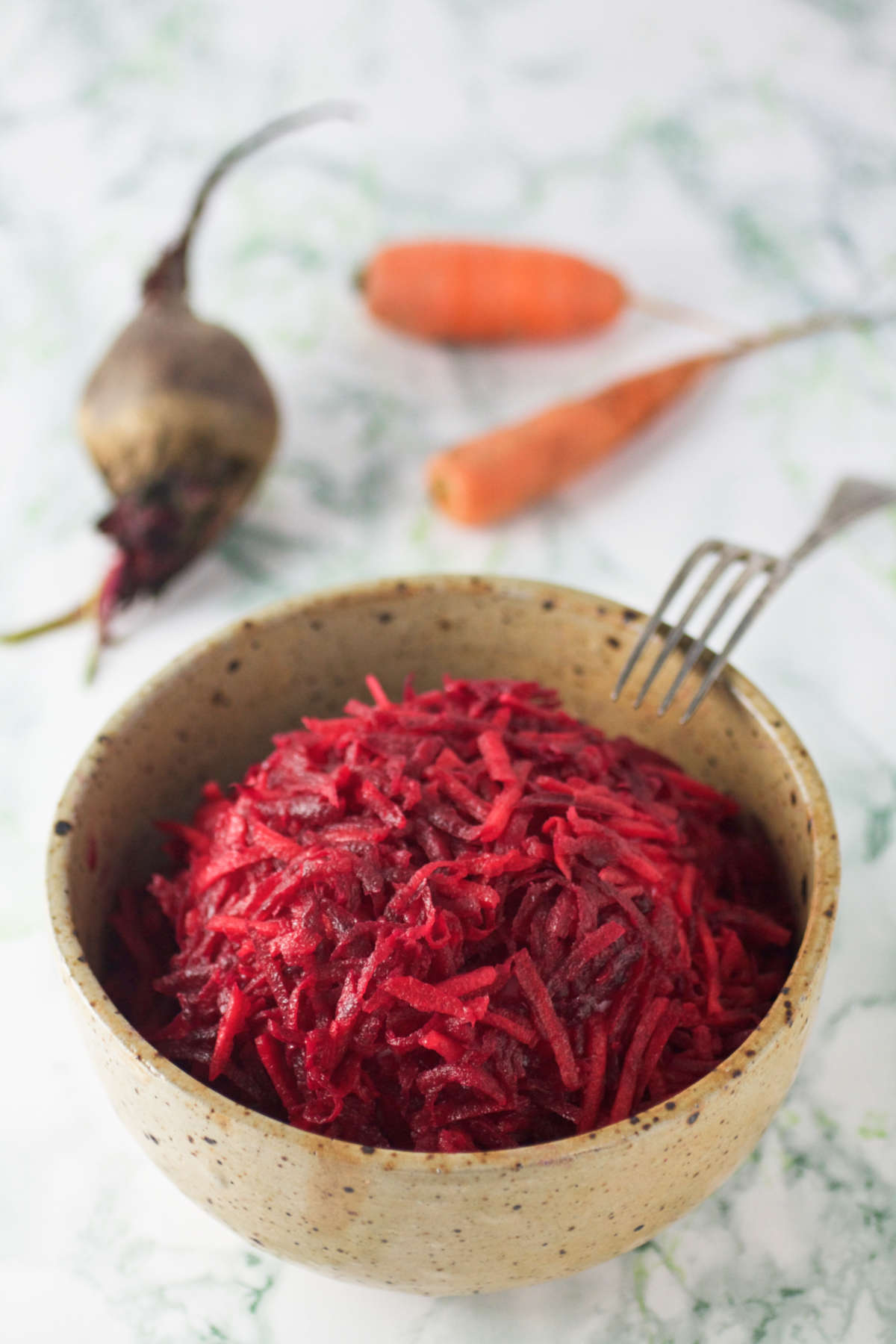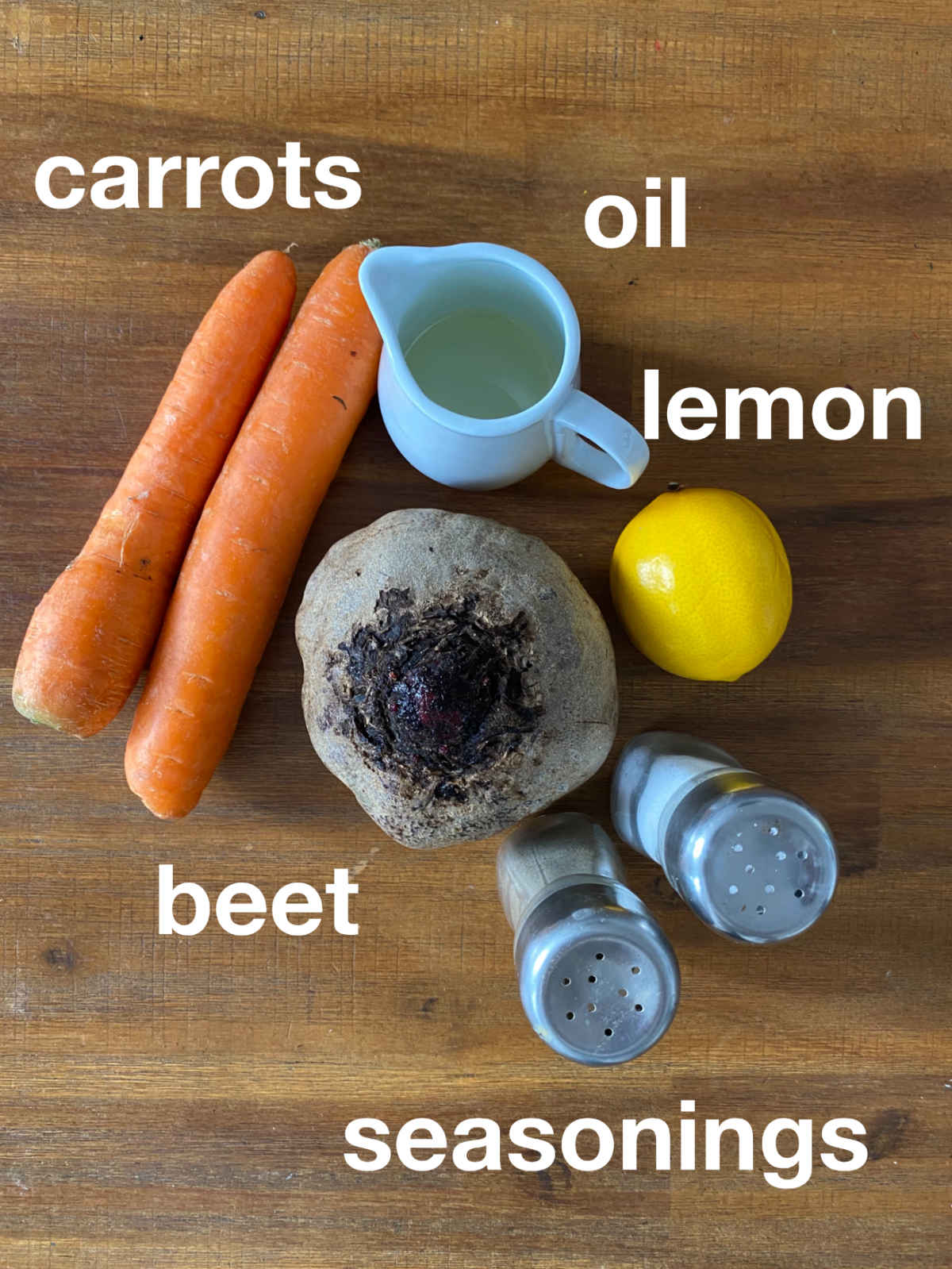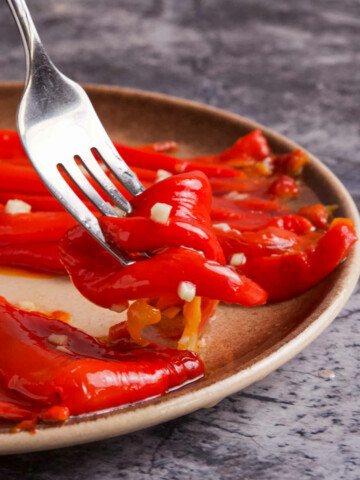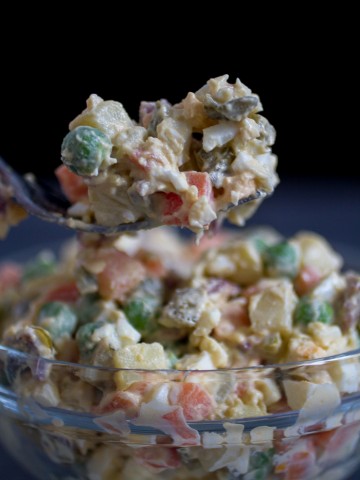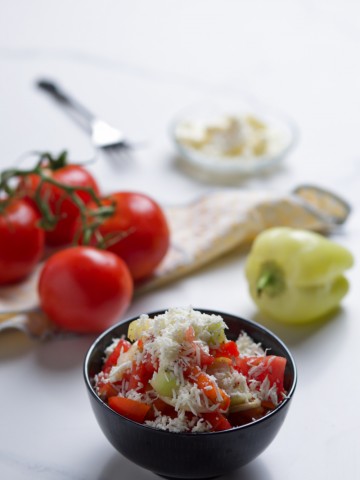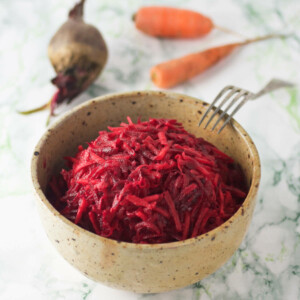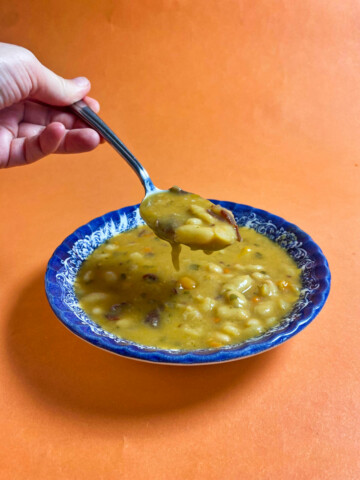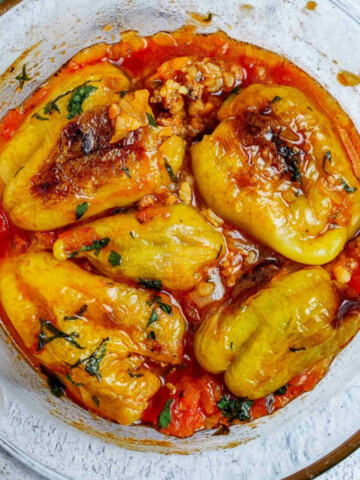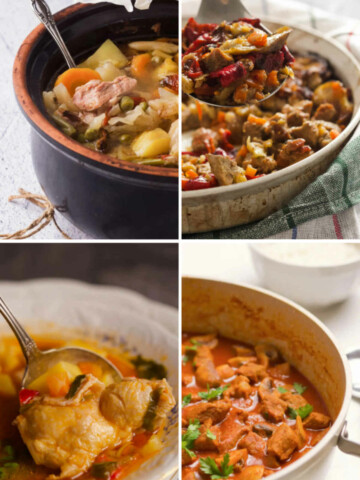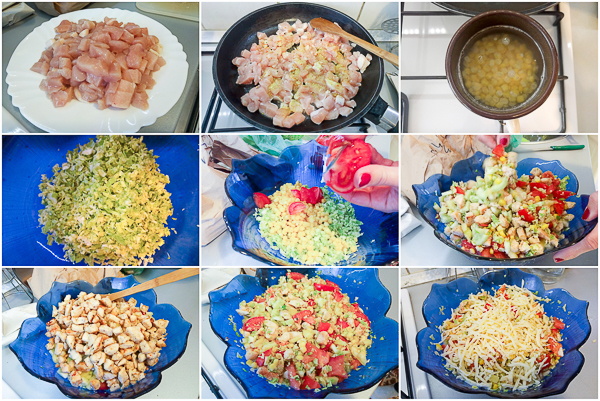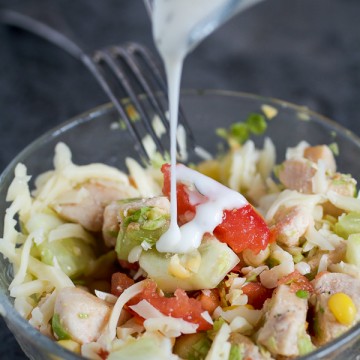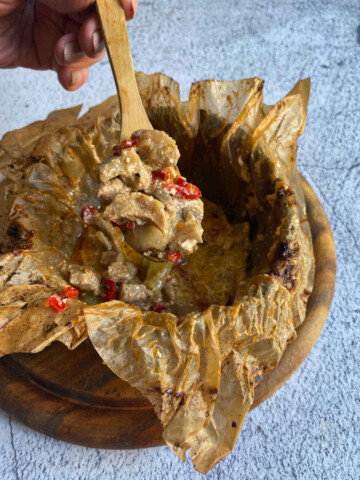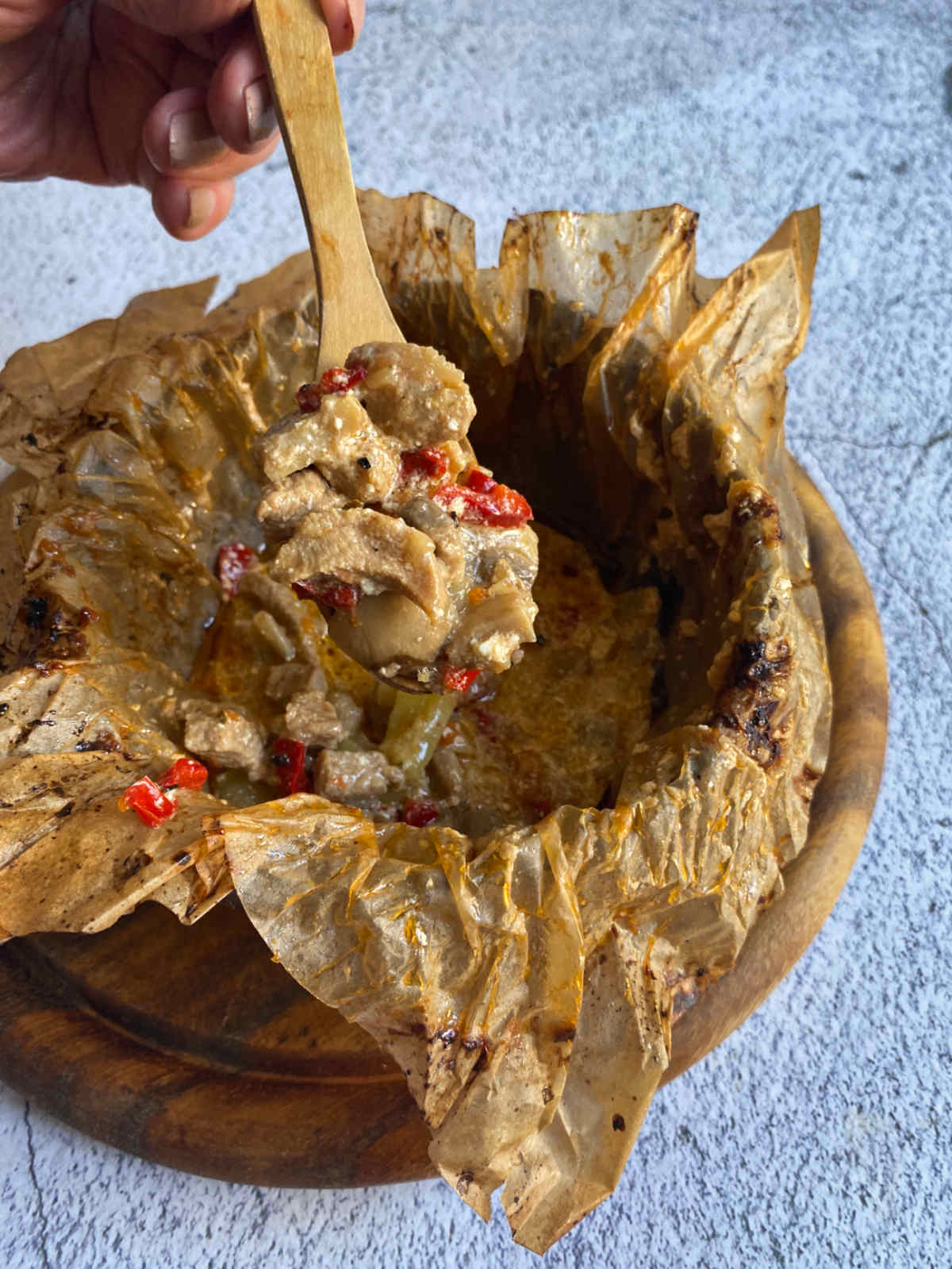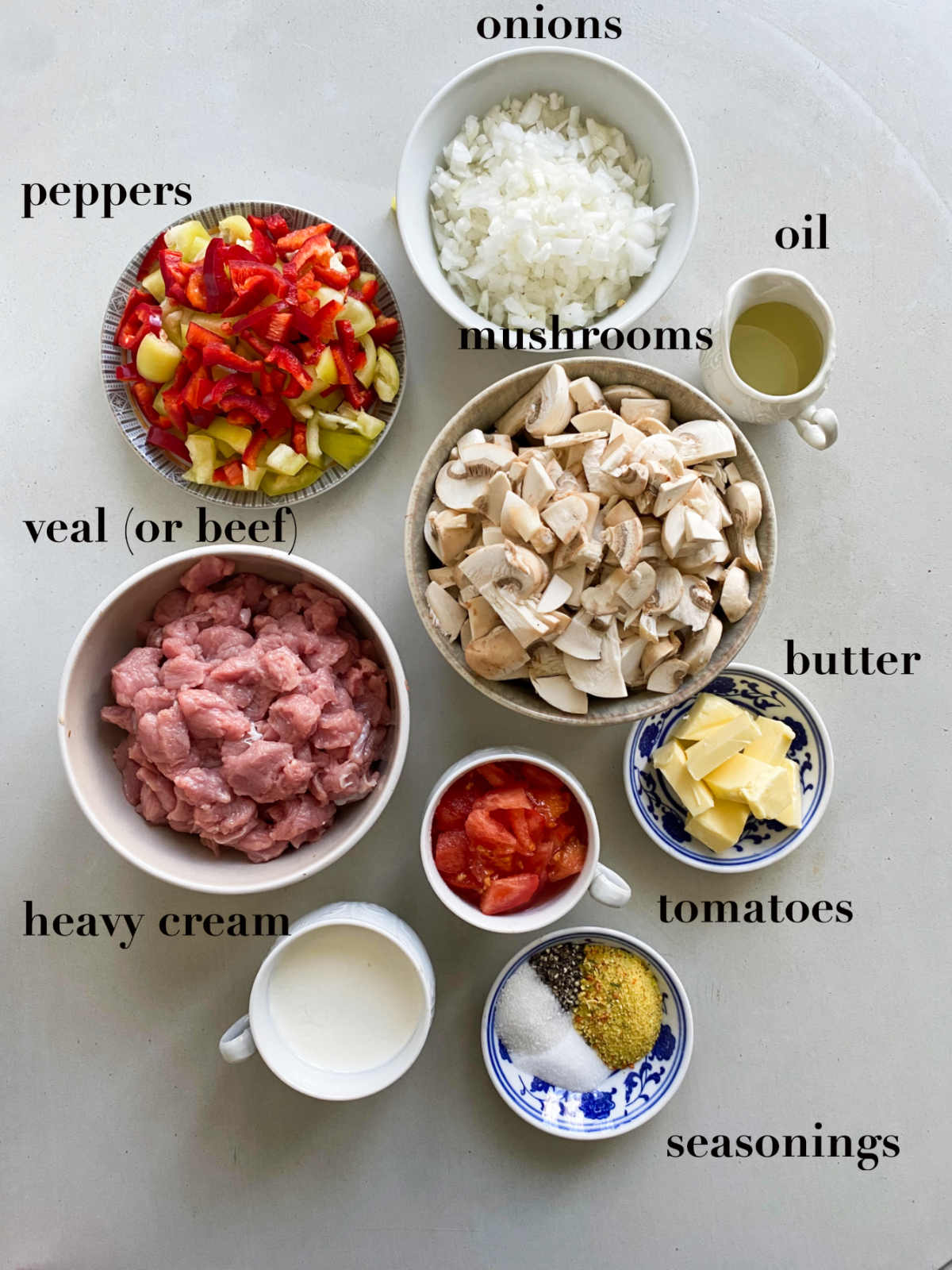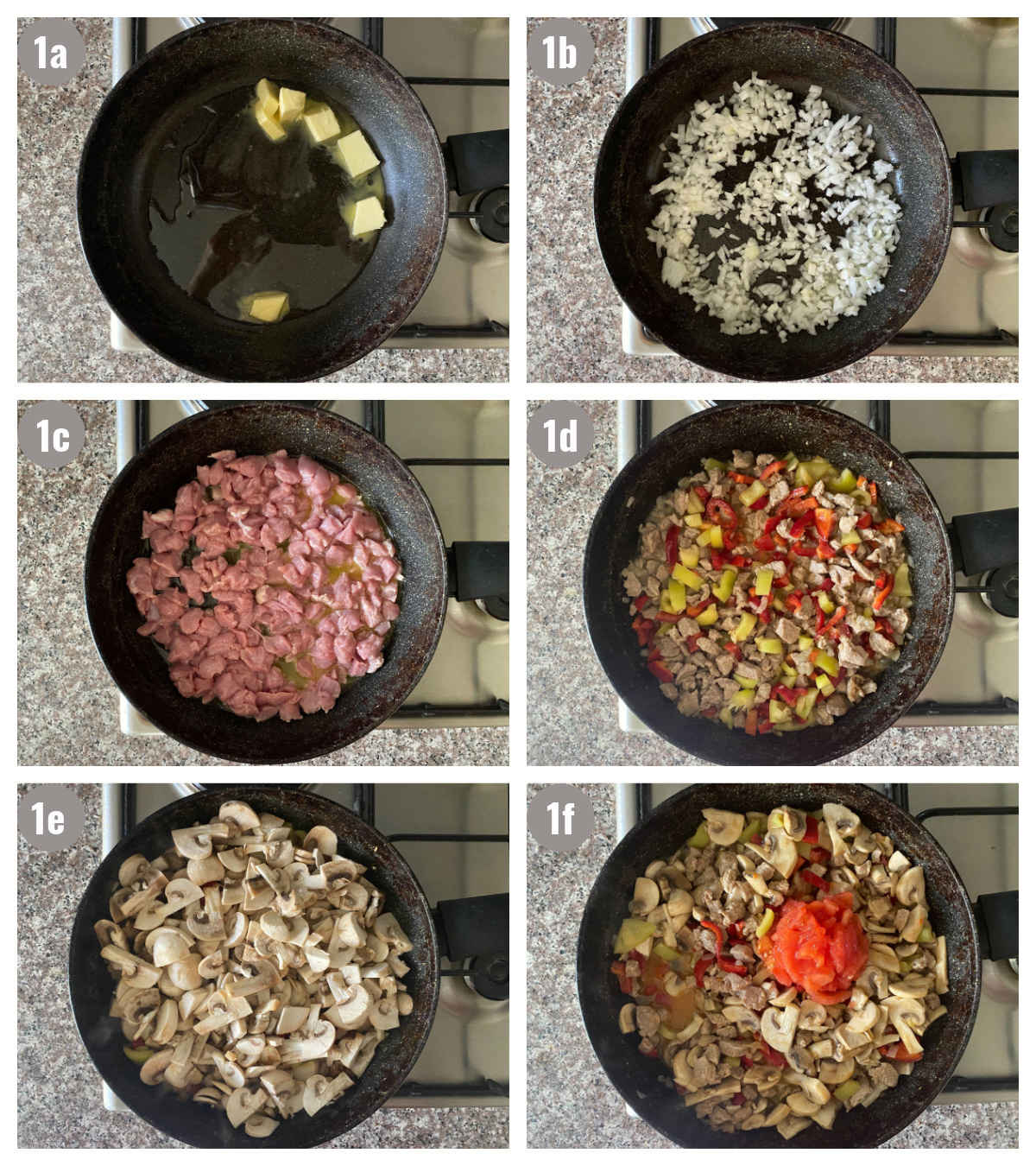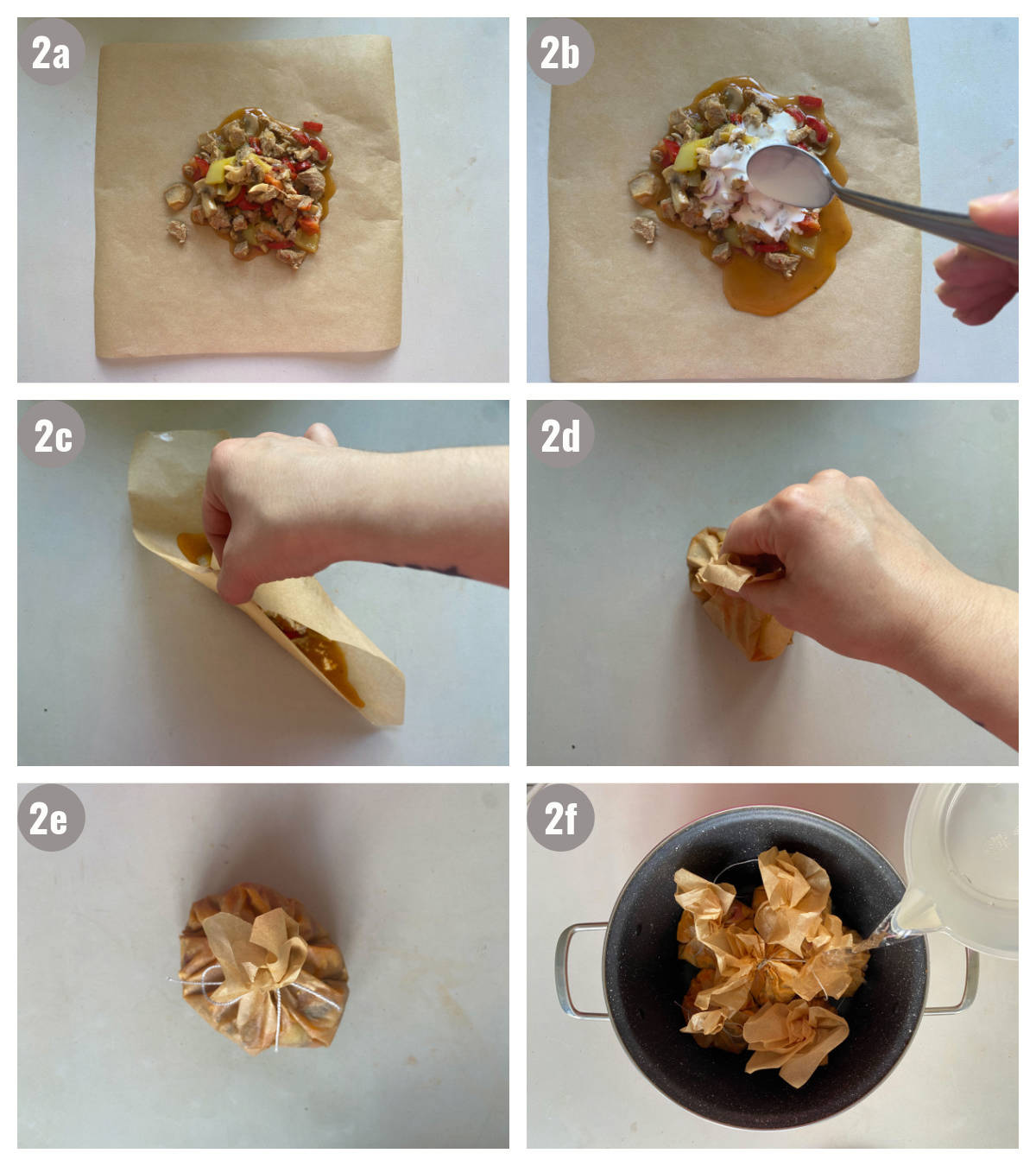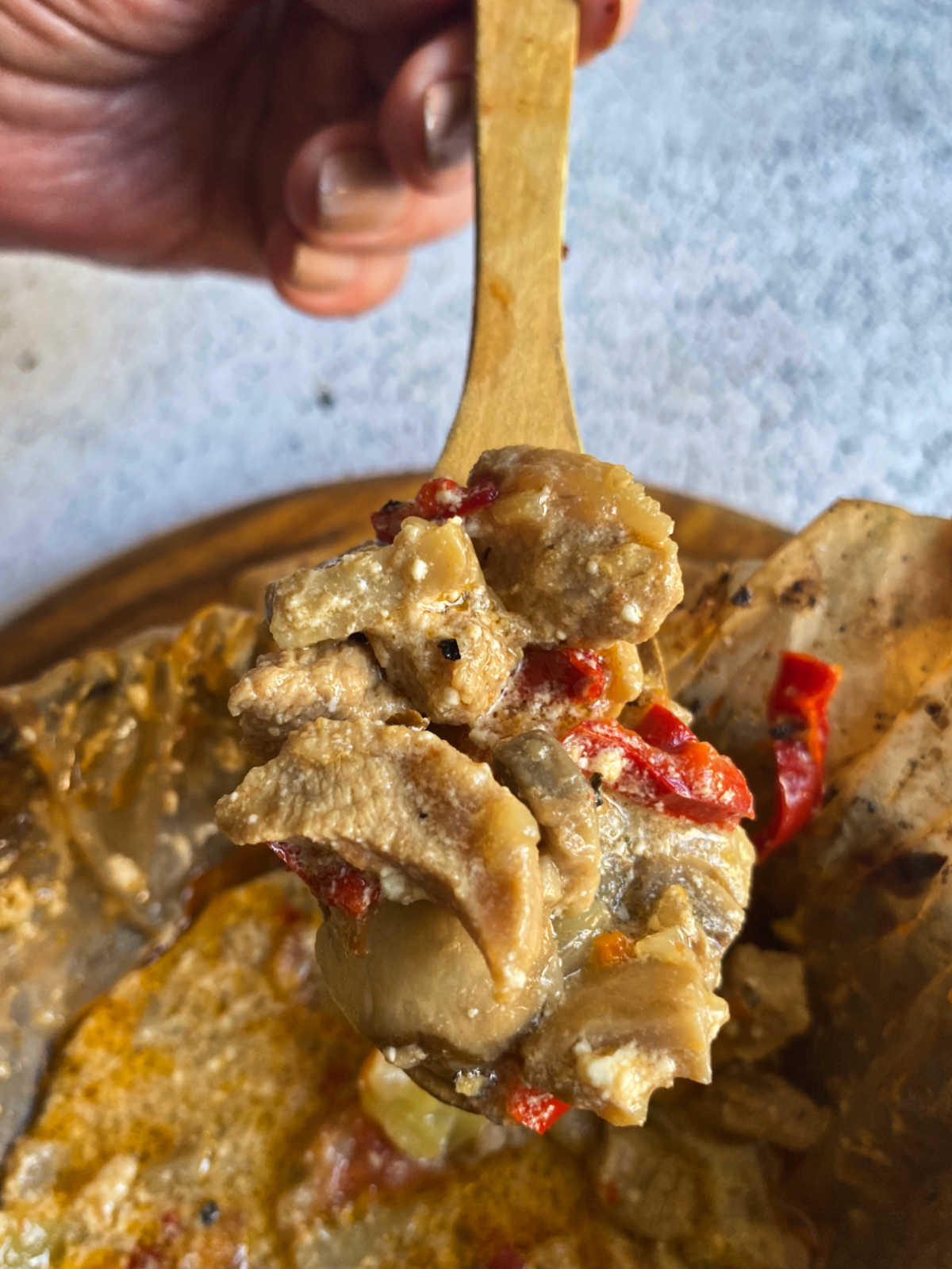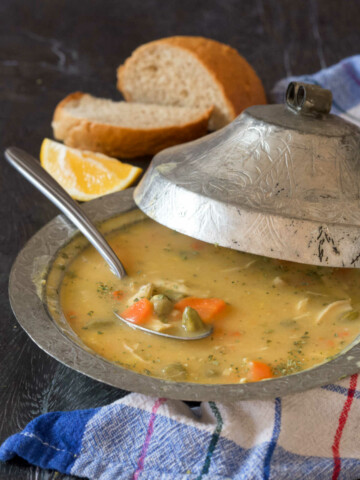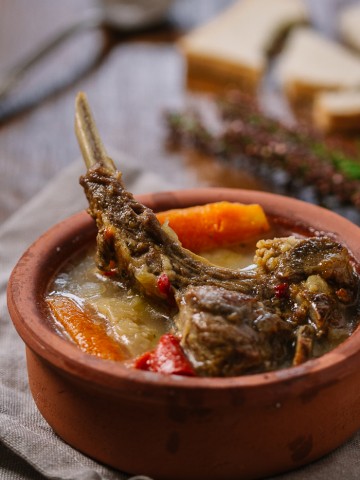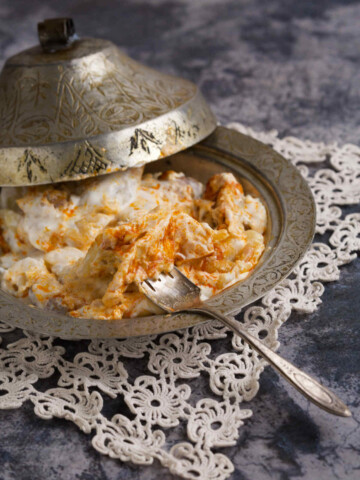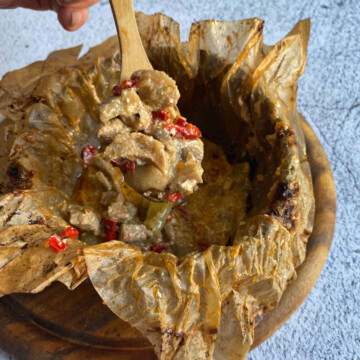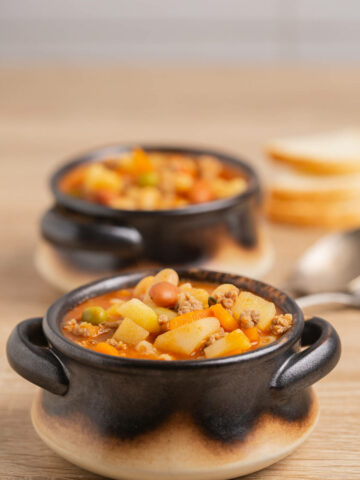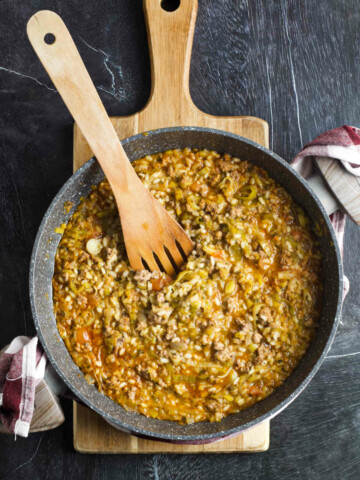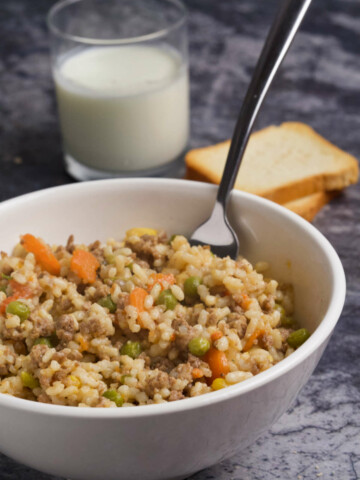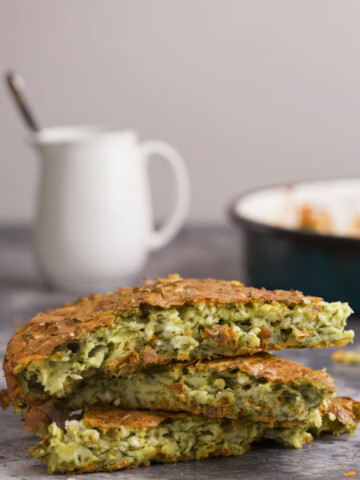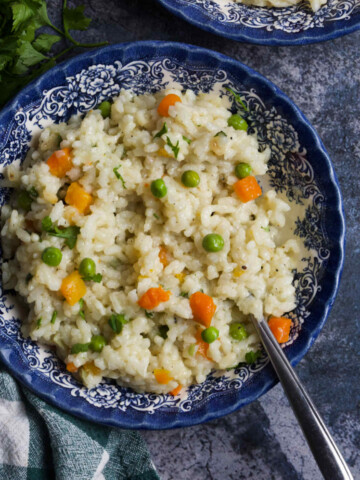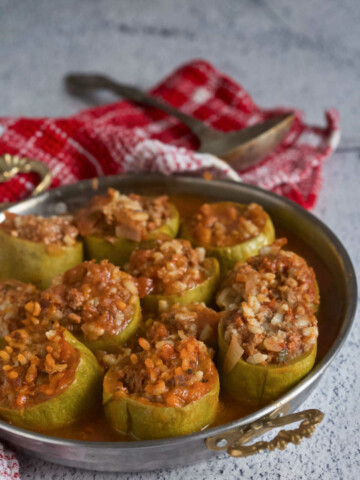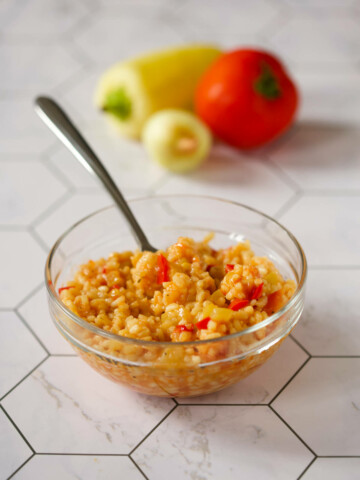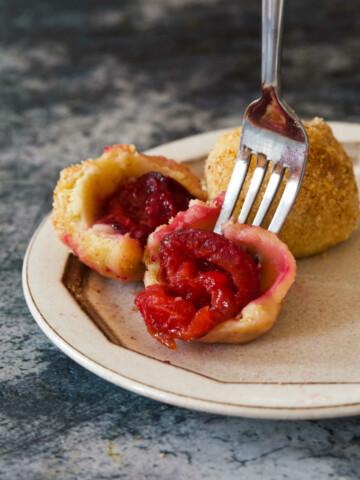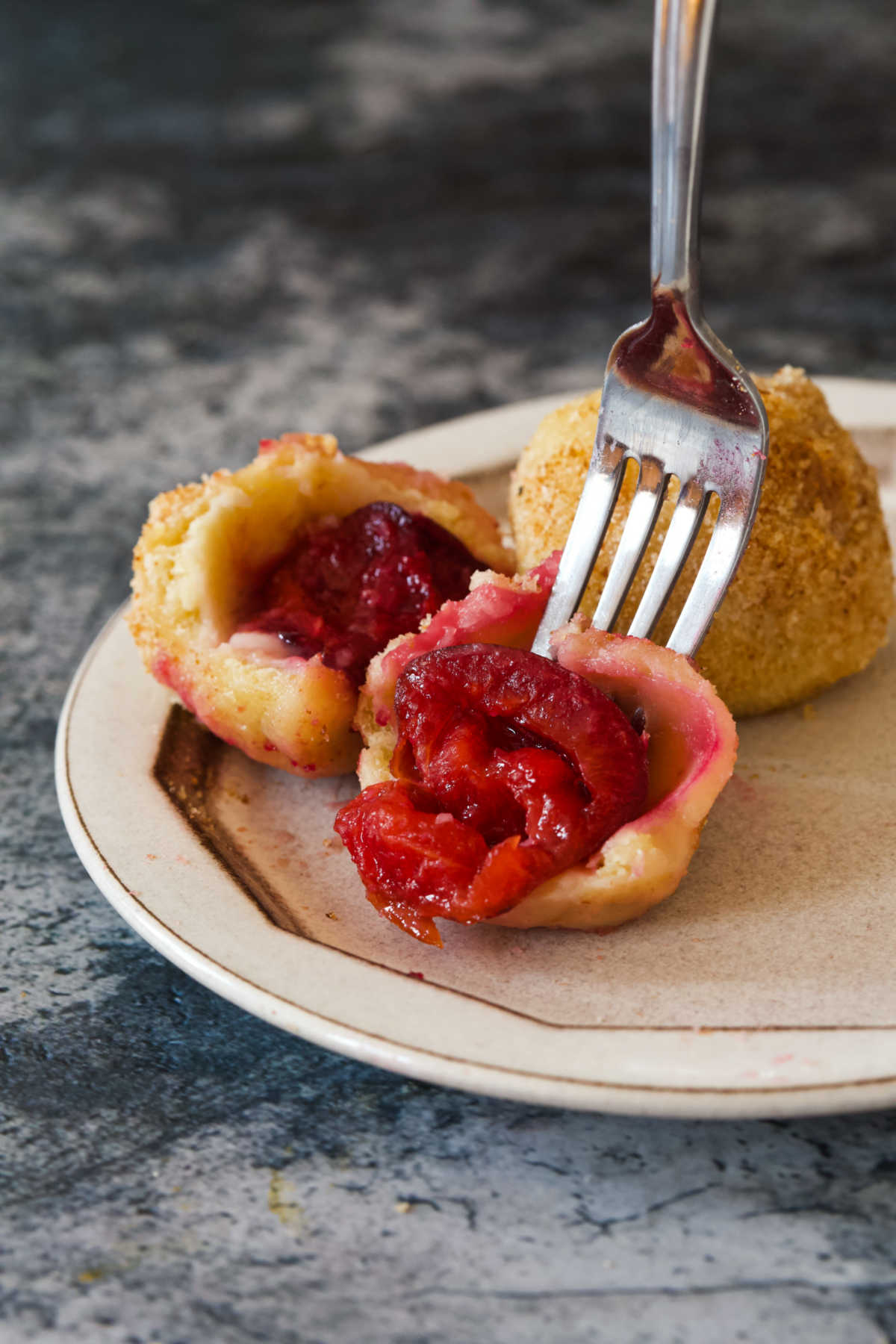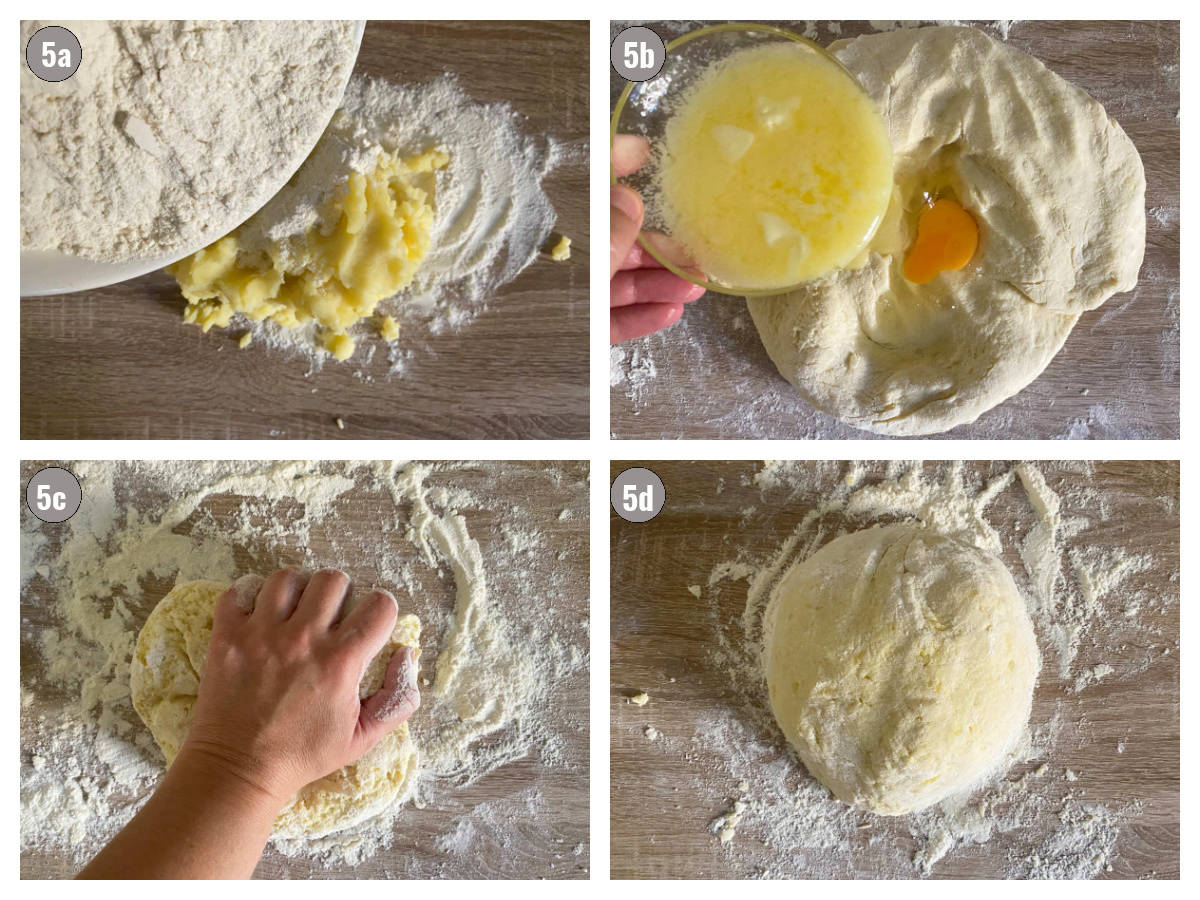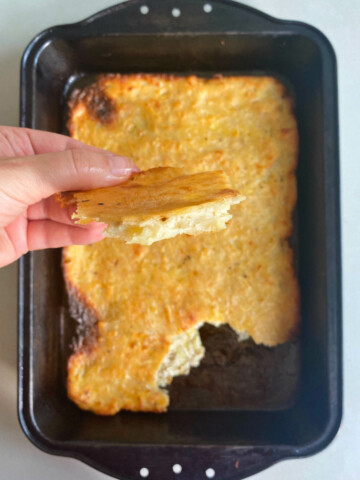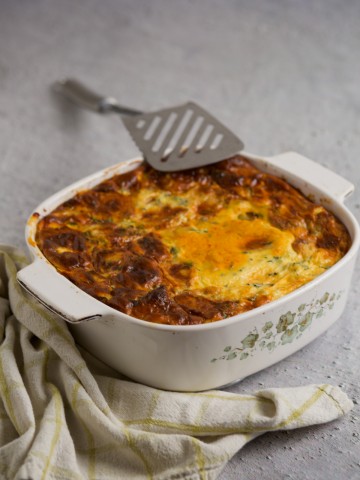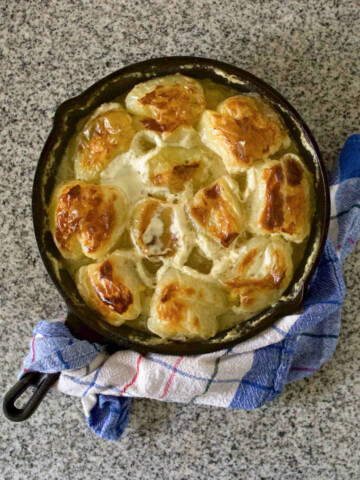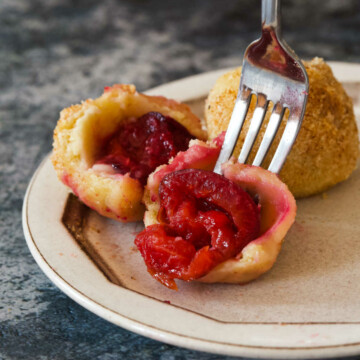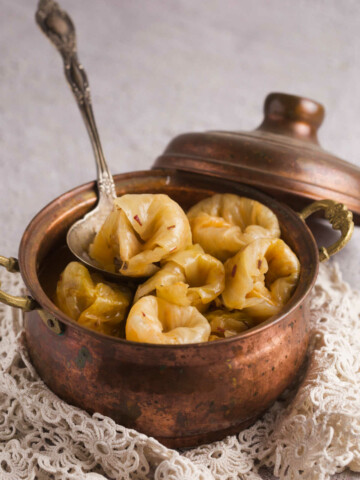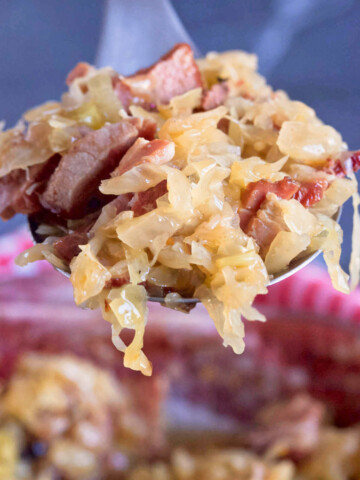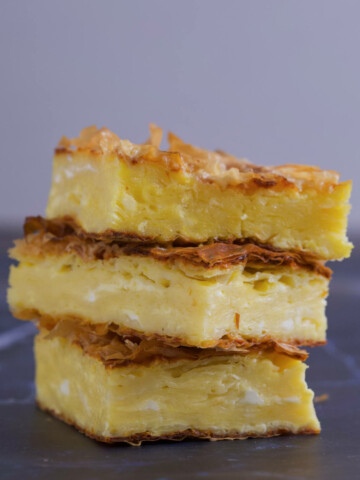Milk pasta with cheese (brzi omač) is a luxurious 5-ingredient pasta dish. (No heavy cream or flour are needed to make this ultra-creamy dinner!) It dials up the meaning of comfort food to the max. Shall we?
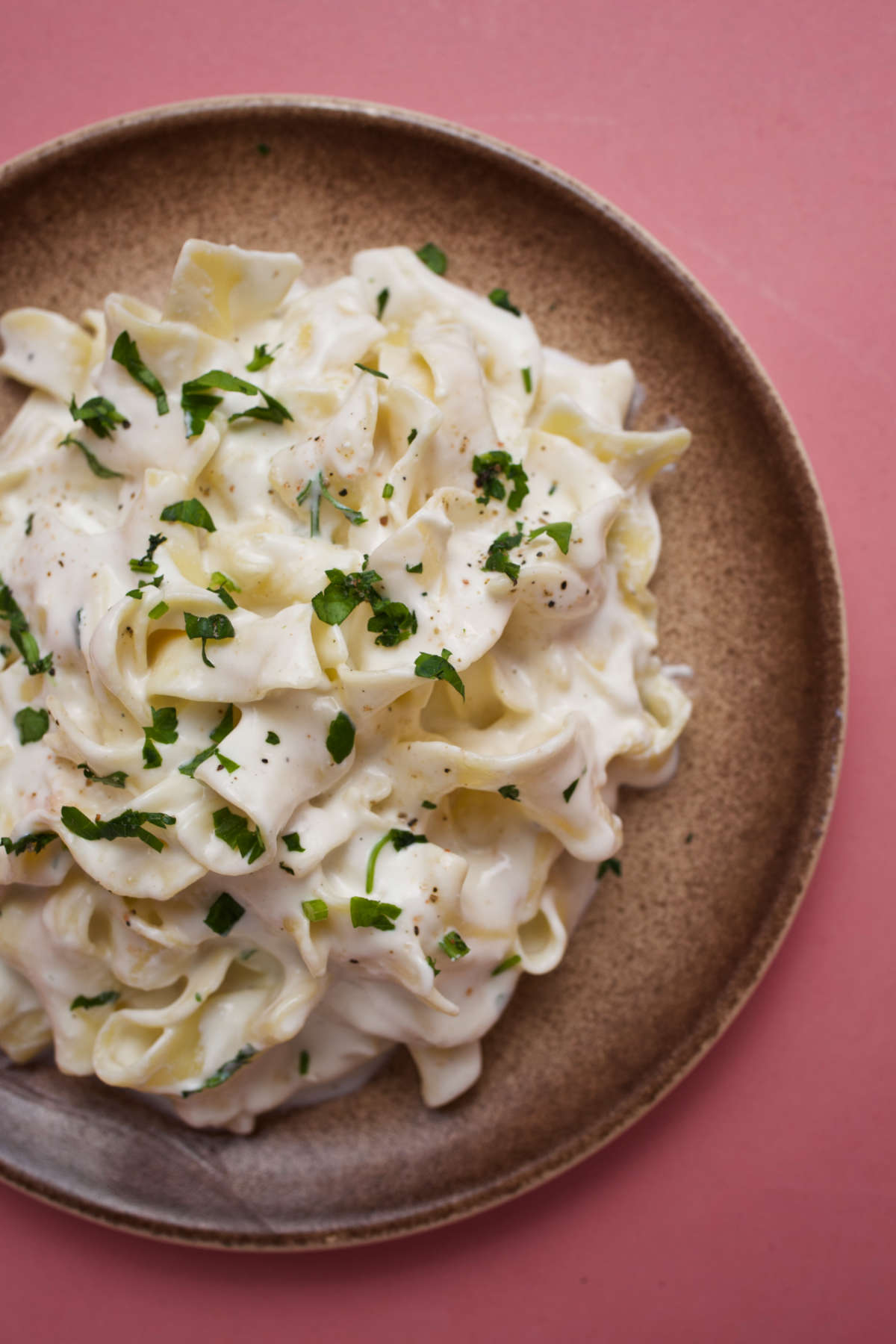
Background
Milk pasta - also known as omač - is a traditional dish from Bosanska Krajina, a region in western Bosnia. It's believed that omač originated in villages nestled around the Kozara and Grmeč mountains.
Traditionally, omač involved cooking homemade pasta in milk. After cooking, it was topped with local cheeses, particularly kajmak (a rich, creamy Balkan clotted cheese).
Today's version is a modern, quicker milk pasta dish we named brzi omač (fast omač). You'll only need some thicker pasta like fettuccine, in addition to milk, butter, feta, and sour cream.
The combination of milk and thick pasta gives omač a soft, rich, full-bodied taste that's hard to forget. It's possible you'll always cook pasta this way from this recipe forward.
Why You'll Love Bosnian Milk Pasta (Omač)
- Minimal Ingredients. Only 5 ingredients for this creamy nostalgic magic.
- No flour. No heavy cream. Just milk, cheese, and sour cream for this pasta dish.
- Versatile. Pure perfection as a main course or a side dish.
Ingredients
Gather these ingredients to prepare milk pasta (brzi omač):
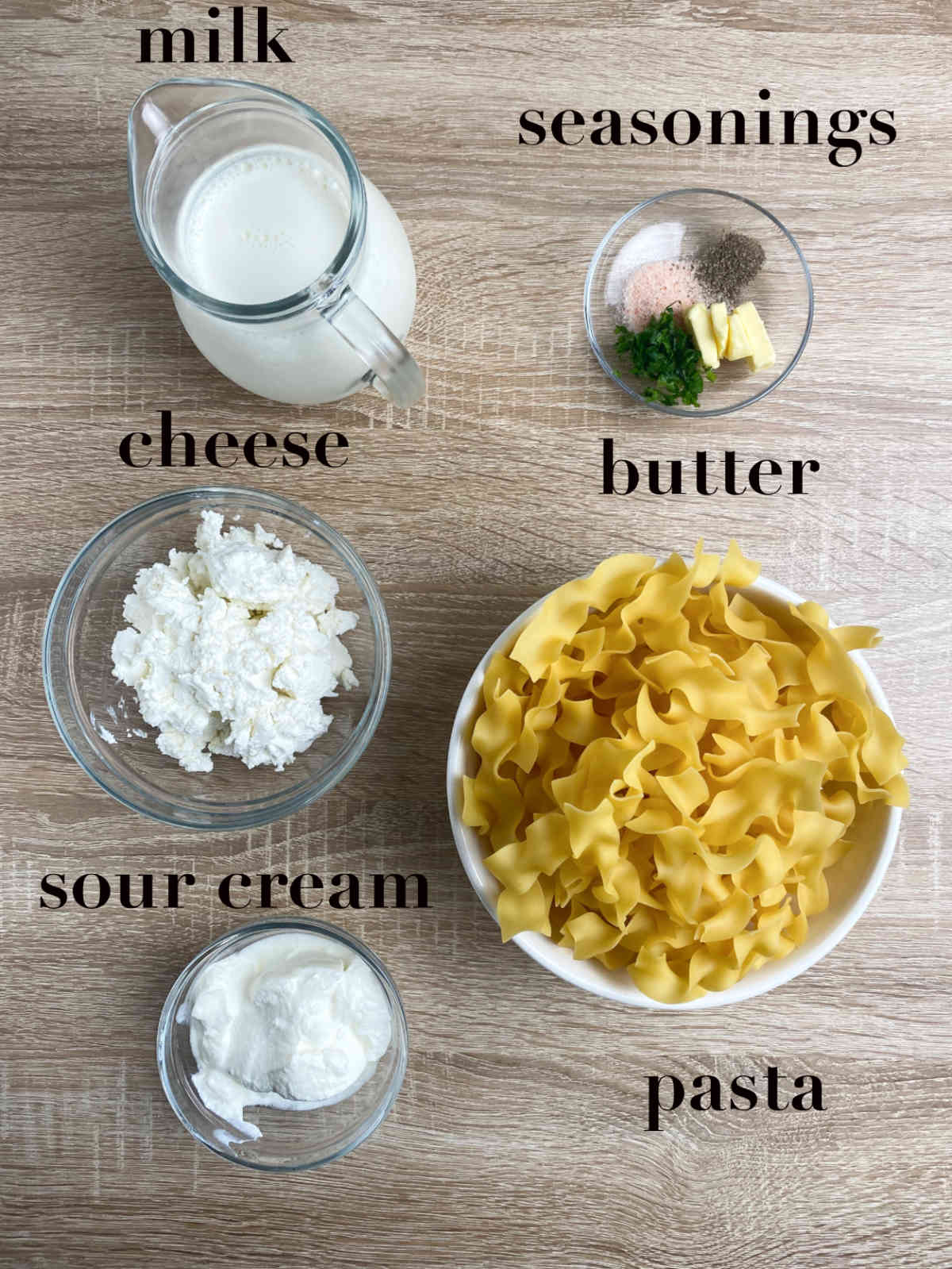
Pasta. Look for thicker pasta like fettuccine, tagliatelle, pappardelle. Alternatively, crumble up a few lasagna sheets.
Butter. Or ghee. Or lard. Avoid margarine, and oil(s).
Milk. Regular cow, sheep, or goat milk will do. (If you used an alternative milk - or an alternative to milk - please let us know in the comments!)
Feta. Or a similar, thick cheese. Locally, a type of cheese from the town of Travnik, near the Vlašić mountain is used.
Sour Cream. Regular or low fat.
Herbs and seasonings. Salt, pepper, parsley.
(Optional) Kajmak. If you can find it, the Balkan clotted cheese takes the milk pasta taste to the next level without the need for any additional dairy.
Instructions
Let's get cooking! Here's how to make omač:
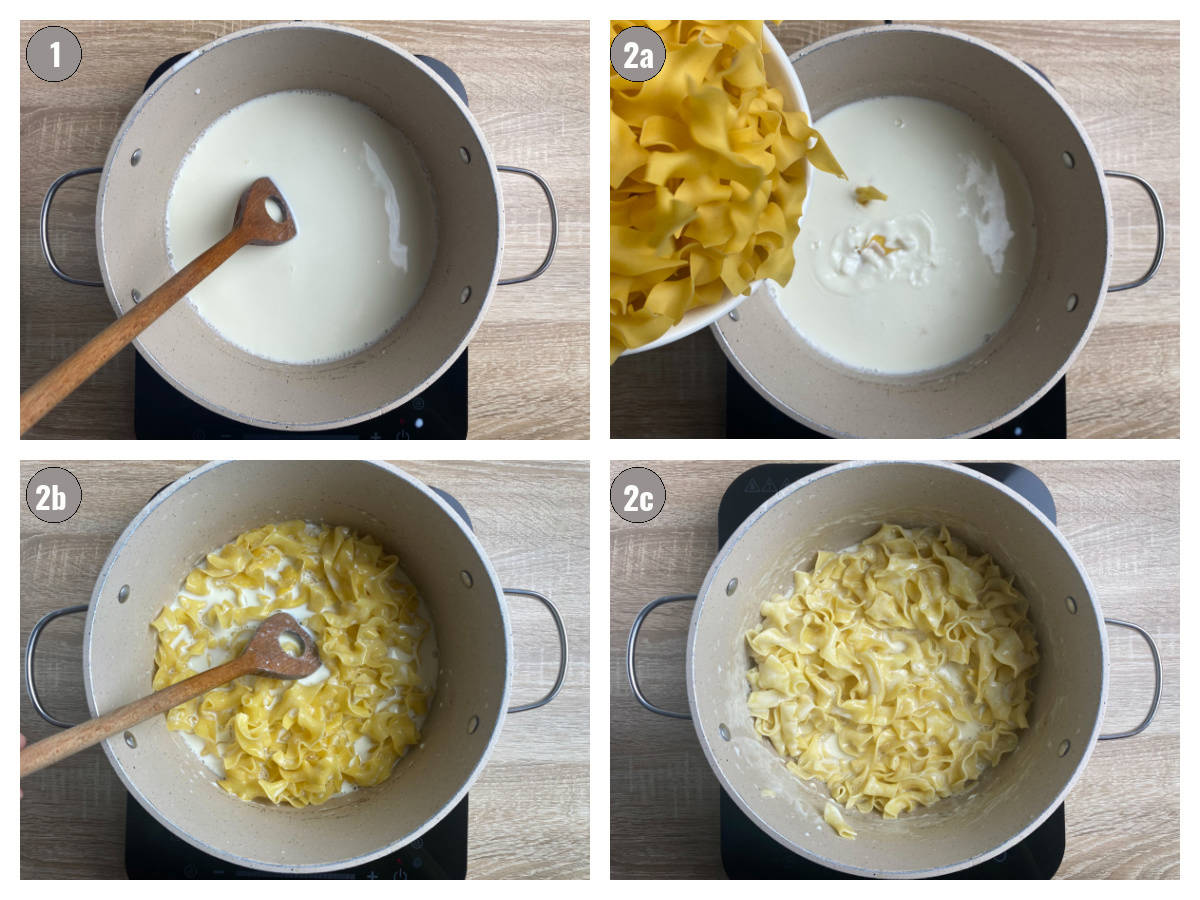
Step 1. Heat the Milk. In a large pot, heat the milk on low until it reaches a gentle simmer. Stir frequently to prevent scorching. It will take several minutes.
Step 2. Cook the Pasta. Add pasta to the milk. Stir often, and simmer gently. Pasta will take longer to cook than it usually would, perhaps even twice as long. Pay attention to the pasta texture rather than the exact time. It should be soft but not mushy.
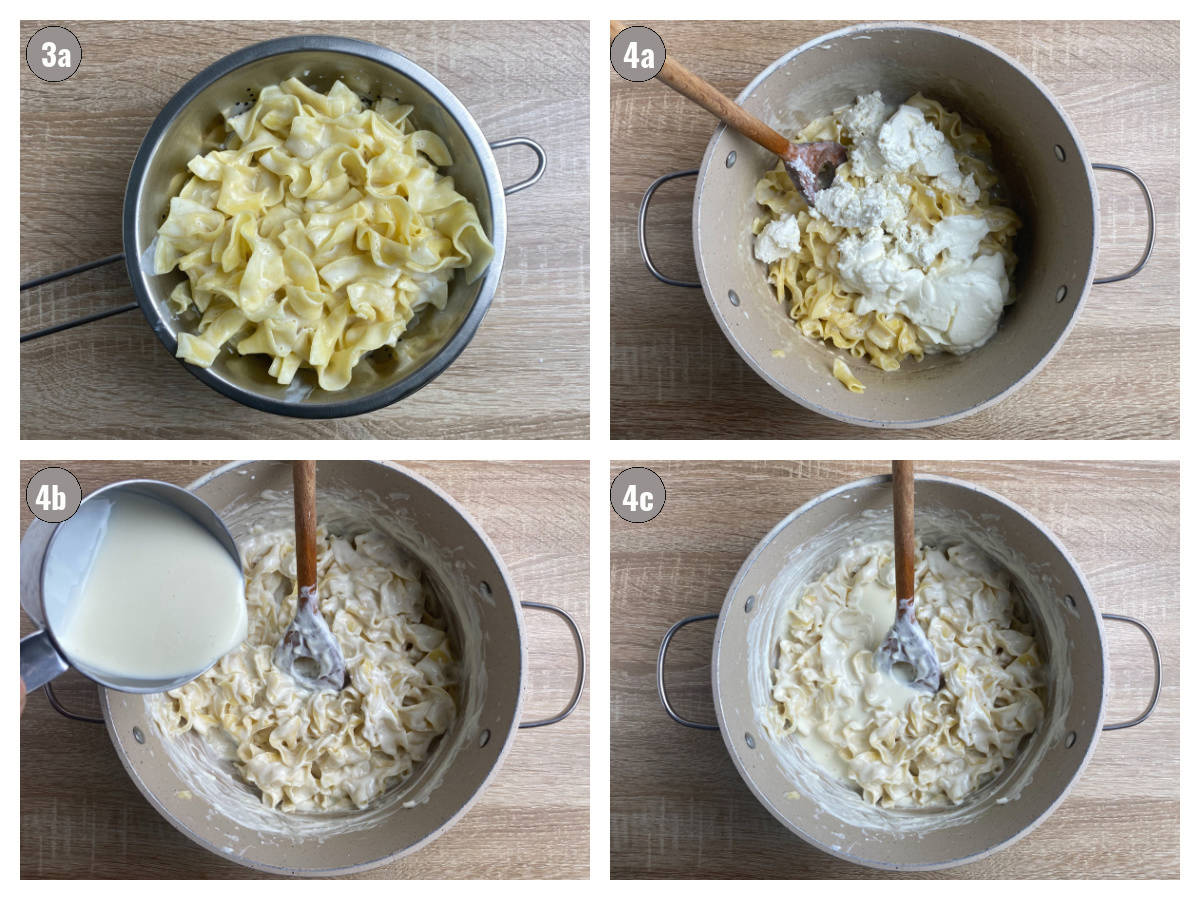
Step 3. Drain the Pasta. Drain pasta, but save 1-2 cups of milk to adjust creaminess later.
Step 4. Add Dairy. Stir in butter, letting it melt into the milk pasta. Follow with feta and sour cream. Finally, add the milk you saved. Stir well to combine all the ingredients. You can adjust creaminess by controlling the amount of milk you add. Alternatively, you can add a little bit of warm water to thin the sauce out, if it's too thick.
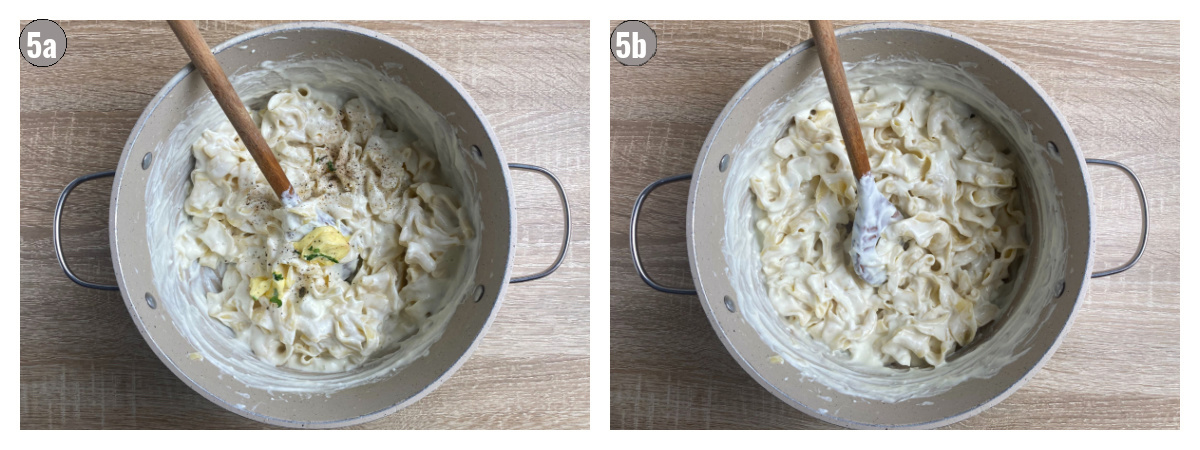
Step 5. Add Herbs and Seasonings. Add salt, pepper and parsley. Mix and serve.
Variations
Here are some variations to make your creamy milk pasta even more interesting.
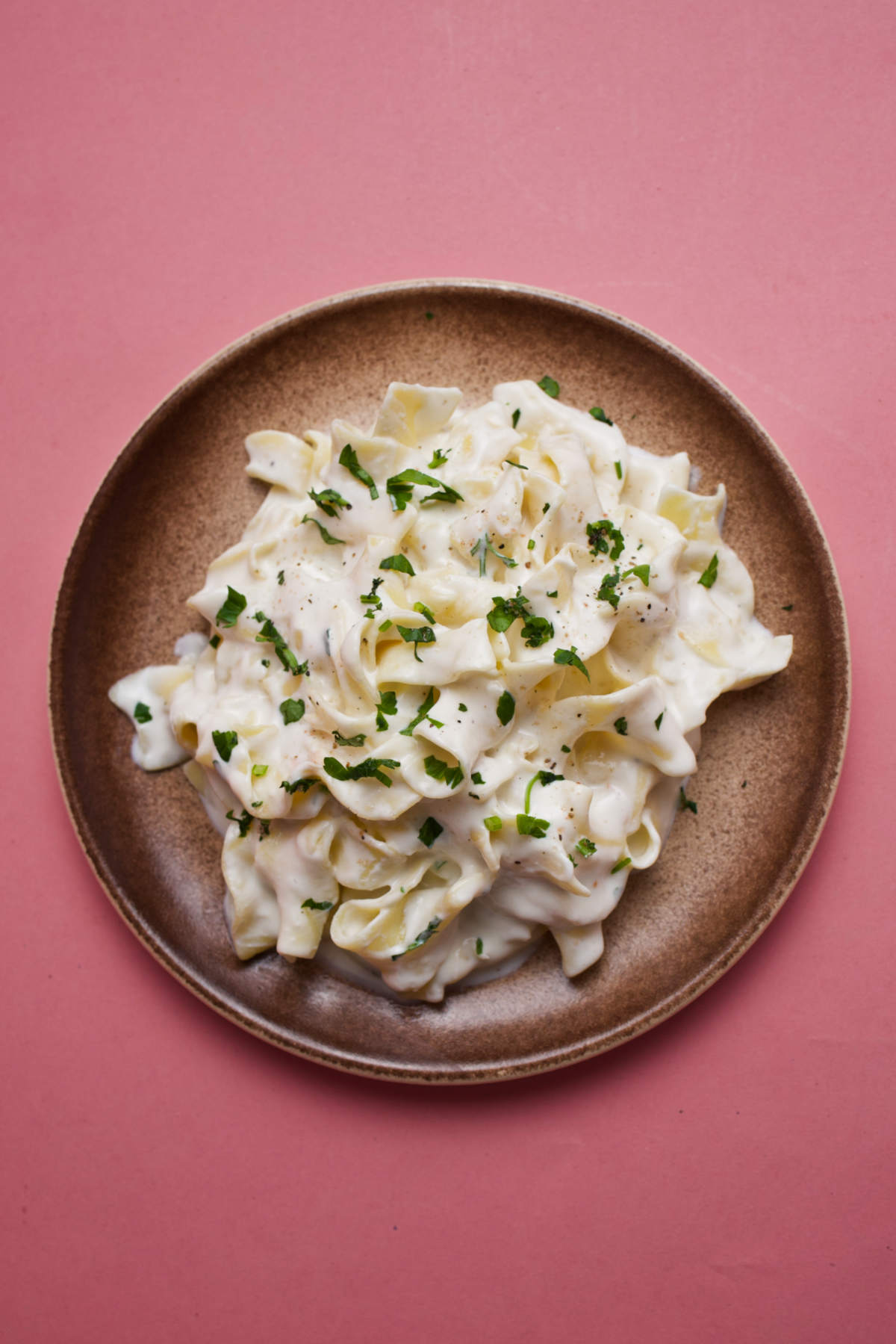
- Cheese. Play around with cheeses to see what you like best. Ricotta, goat cheese, or Parm (go easy), are all good feta alternatives.
- Pasta. As long as you use a thick kind of pasta, the sky is the limit. We sometimes crumble in lasagna sheets.
- Veggies. Vegetables are a great spin on this dish. Add some kale, spinach, swiss chard, or minced broccoli. (Stick to one veggie!)
- Meat. Smoked meat like beef, pancetta, sausage, bacon, or turkey bacon adds a deeper protein profile to this amazing pasta cooked in milk.
Handling
How to serve, store and reheat milk pasta (omač):
- Serving. Enjoy hot. Top with more cheese or sour cream. Pair it with fresh homemade bread, and a salad. Alternatively, serve with a side of protein like breaded chicken or ground beef rissoles.
- Storing. This dish is tastiest when it's fresh. Make it close to when you plan to eat it. Keep at room temperature for a few hours. Refrigerate it for up to a day.
- Reheating. Reheat gently on the stovetop adding a dash of milk. Stir well, and add more cheese before serving.
- Freezing. Skip. Milk pasta doesn't freeze well.
Expert Tips
- Stir frequently to prevent milk from burning.
- Cook pasta till just right - soft but not mushy.
- Balance salt and cheese for the perfect savory taste.
- If adding more ingredients, add them gradually.
Recipe FAQ
Absolutely! Cook it on a light simmer, and stir often to avoid milk burning.
You can either cook pasta in milk, or add milk to cooked pasta together. Then top with cheese.
Yes! As pasta cooks in milk, it releases starch. This starch mixes with slow simmered milk creating a thick, creamier milk.
After draining, some of this milk is returned to pasta together with a selection of cheeses and sour cream. The end result is the creamiest pasta you've had in a while!
No. This is to prevent adding too much salt to the dish.
After cooking in milk, pasta is combined with cheese and sour cream. This is the best time to adjust the saltiness of the dish.
Pasta cooked with milk (omač) goes great with a side salad, a few slices of fresh bread, or a side of protein like cutlets or schnitzels.
Yes.
Our earlier omač recipe followed a similar method. Many readers liked it. To do this cook pasta in water, and after draining, add cheese, sour cream, and about 2-3 cups of warm milk. Mix well and serve.
We upgraded the recipe as it's even tastier when pasta cooks in milk.
Yes.
Adjust the volume of liquid to your liking. If after mixing all the ingredients, your pasta sauce is too creamy or too thick, add some warm water and mix.
Keep adding water a little at a time, and mixing until you get your desired thickness (1-2 cups tops).
More Pasta Dishes to Enjoy
Milk pasta (omač) is only one of a few pasta dishes you'll enjoy on the blog!
- Meat and Pasta Casserole - Balkan style Johnny Marzetti!
- Pasta with Veggies in White Sauce - Simple Yum!
- Creamy Chicken and Edam, with Frozen Veggies - Fast and Delicious!
- No-Boil Lasagna - Two Sauces (Bechamel & Bolognese)!
Thoughts?
If you made milk pasta with cheese (brzi omač) and liked it, please consider giving it a ⭐️⭐️⭐️⭐️⭐️ (5-star) rating. This helps others find the recipe more easily!
Also, feel free to leave a comment (I read each one!), and don't forget to tag a photo #balkanlunchbox, or us @balkanlunchbox, on IG.
Prijatno and bon appetit!
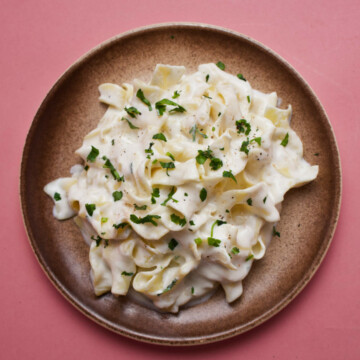
Milk Pasta with Cheese (Omač)
Ingredients
- 5 cups milk or slightly more
- 8 ounces thick dry pasta tagliatelle, fettuccine, pappardelle, or crumbled lasagna sheets
- 1 cup feta cheese crumbled; or a similar cheese
- 1 cup sour cream or slightly less
- 1 tablespoon butter
- salt and pepper to taste
- 3-4 tablespoons fresh parsley minced; or 1 tablespoon dry parsley
- (Optionally) 1 cup (250grams) kajmak, or Balkan clotted cheese
Instructions
- Heat the Milk. In a large pot, heat the milk on low until it reaches a gentle simmer. Stir frequently to prevent scorching. (This may take up to 15-20 minutes.)
- Cook the Pasta. Add pasta to the milk. Stir often, and simmer gently. Pasta will take longer to cook than it usually would, perhaps even twice as long or longer. (Ours took 30 minutes.) Pay attention to the pasta texture rather than the exact time. It should be soft but not mushy. Stir pasta even more frequently as time progresses. Pasta will release the starch into the milk and drink up some of the milk. The remaining milk will thicken. Stirring it often prevents burning.
- Drain the Pasta. Drain pasta, but save 1-2 cups of milk to adjust creaminess later.
- Add Dairy. Stir in butter, feta, and sour cream letting them melt into the milk. Finally, add the milk you saved. Stir well to combine all the ingredients. Adjust creaminess by controlling the amount of milk you add. Alternatively, you can add a little bit of warm water to thin the sauce out, if it's too thick.
- Add Herbs and Seasonings. Add salt, pepper and parsley. Mix one more time and serve.
- Serve hot. This dish is tastiest when it's fresh. Make it close to when you plan to eat it. Top with more cheese or sour cream. Pair it with fresh homemade bread, and a salad. Alternatively, serve with a side of protein like breaded chicken or ground beef rissoles. Store at room temperature for a few hours. Refrigerate it for up to a day.Reheat gently on the stovetop adding a dash of warm milk or water. Stir well, and add more cheese before serving. Don't freeze.
Video
Notes
- Nutritional and Serving Information
Nutrition
Recipes to ❤️


